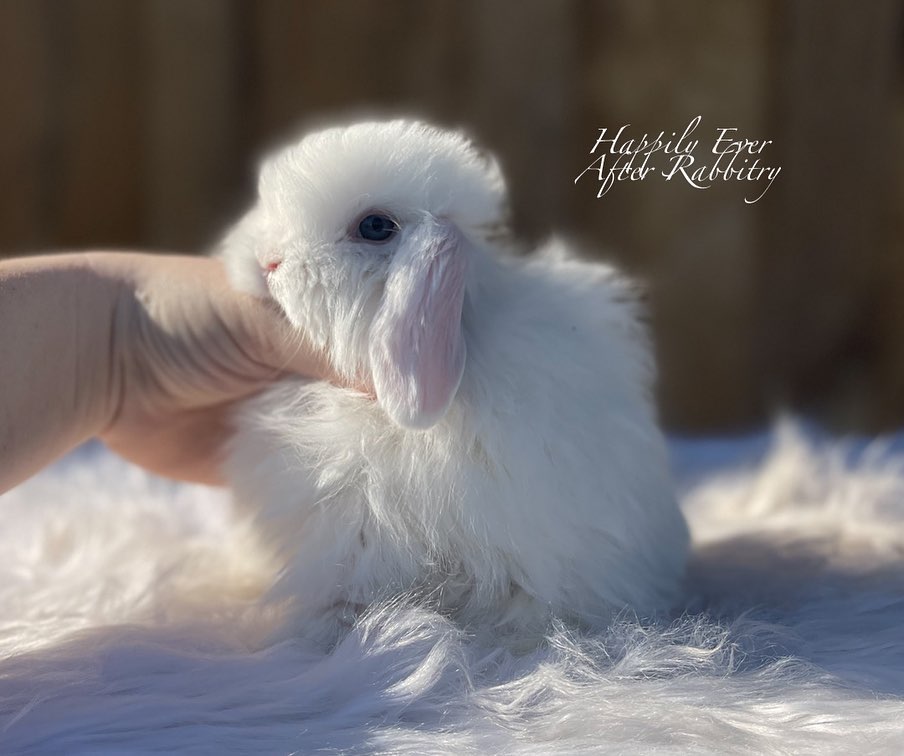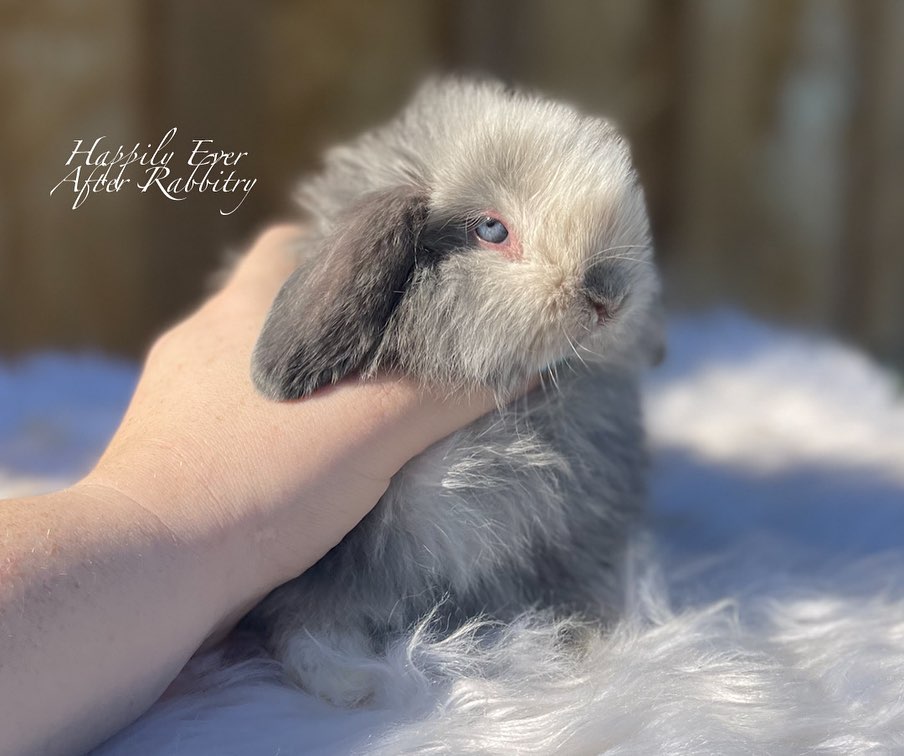Holland Lop Color Chart
Here you will find a deep dive in color and gene labeling for Holland Lop Bunnies, as well as a few different patters and fur types!
~ The Vienna Gene ~
Vienna is a gene that causes Blue-Eyed White Rabbits. The Vienna gene can be visually expressed with minimal, heavy, or extreme Vienna Markings or no visible markings at all which would be referred to as a Vienna Carrier. It takes two copies of the Vienna gene to present as a Blue Eyed White. Blue Eyed White is a “blanket cover” over the Rabbits actual color. Vienna Markings can be over any base color! You can find some picture examples below of Vienna Marked, Vienna Carriers, and Blue Eyed White Holland Lops.
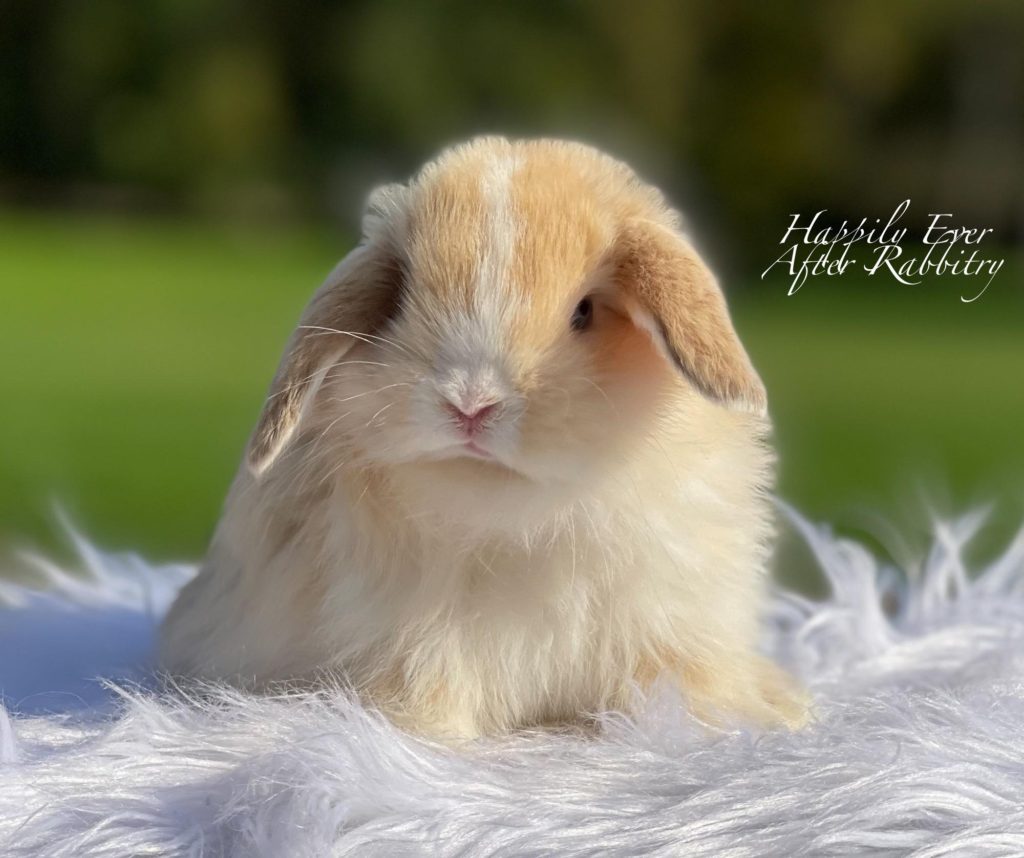
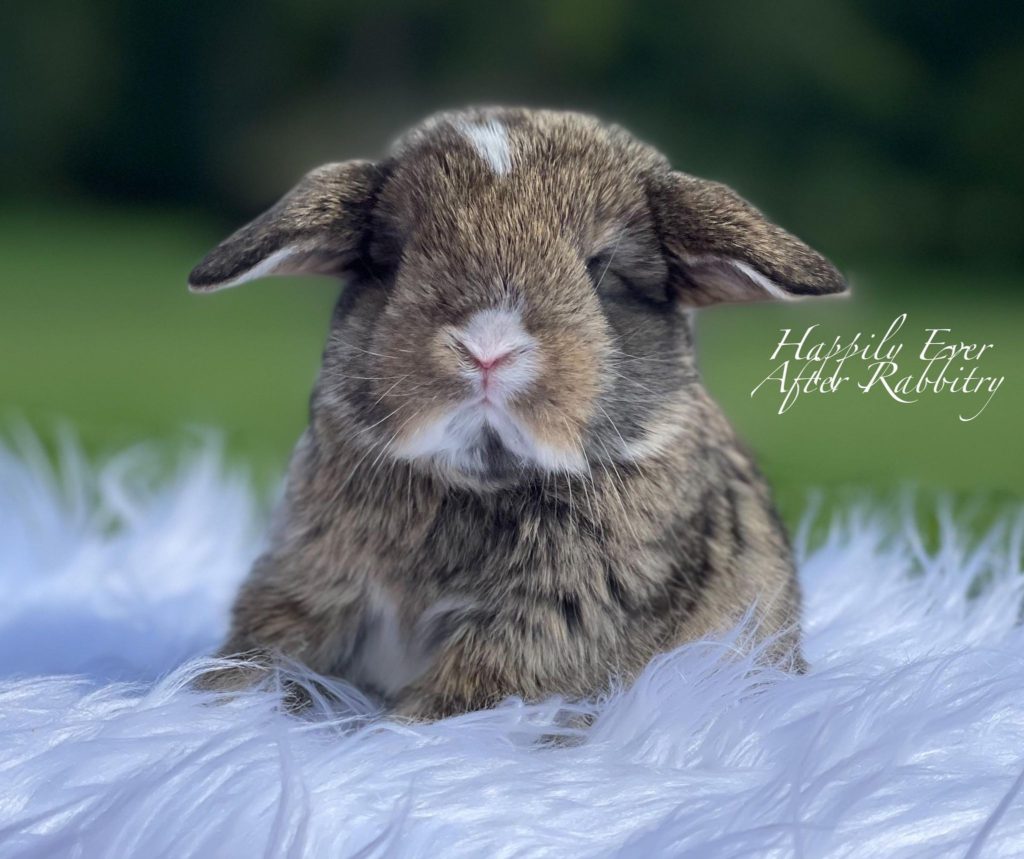
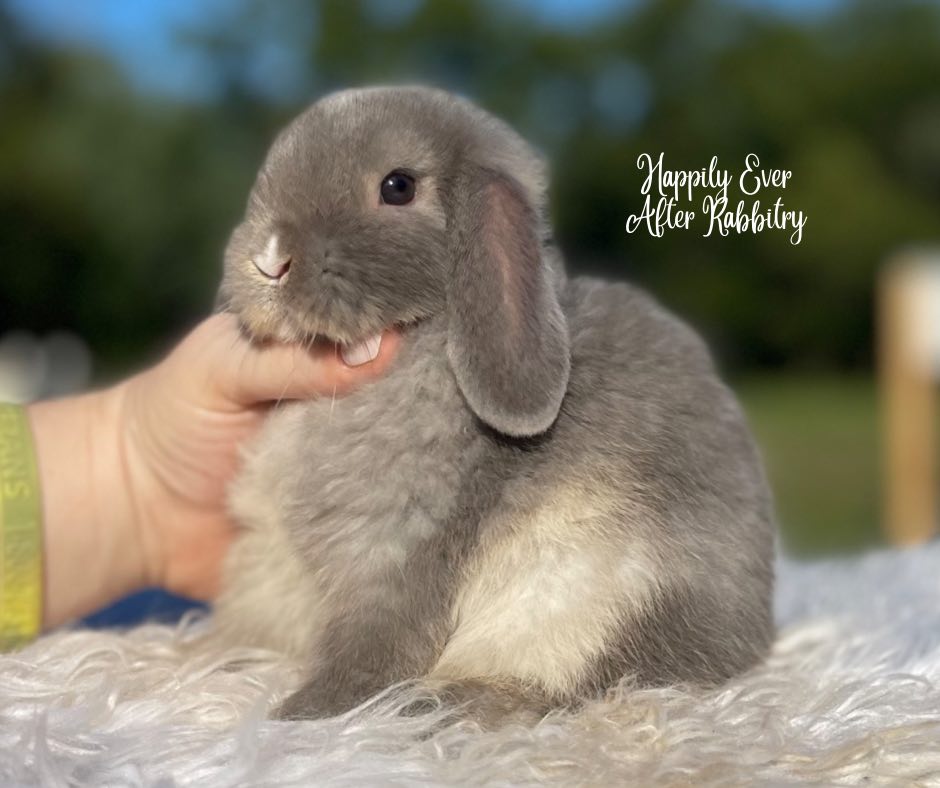
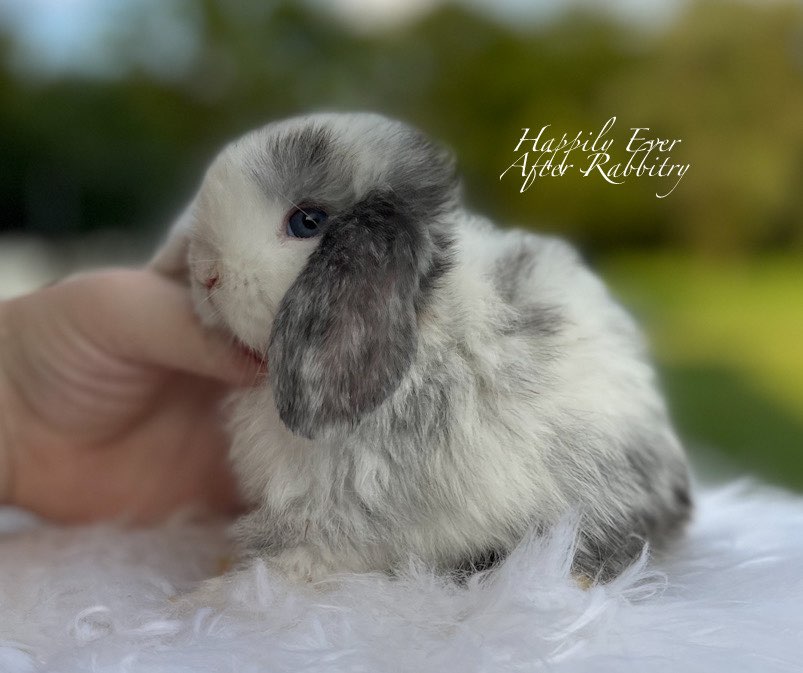
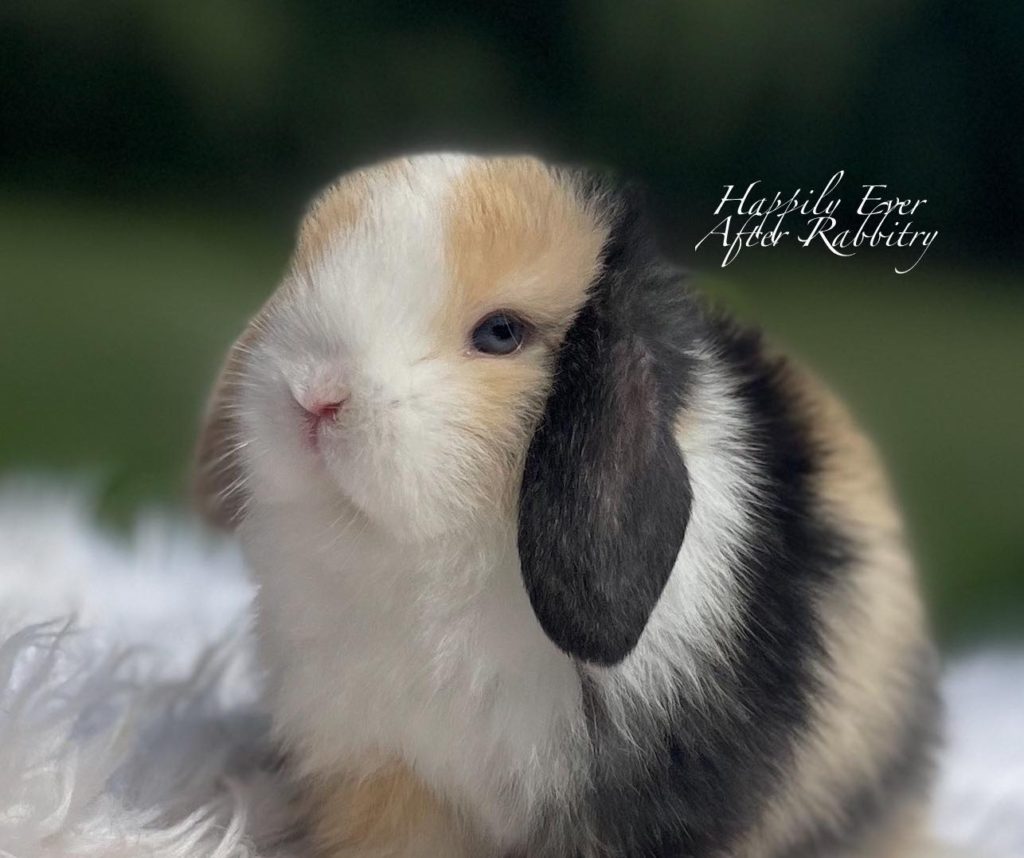
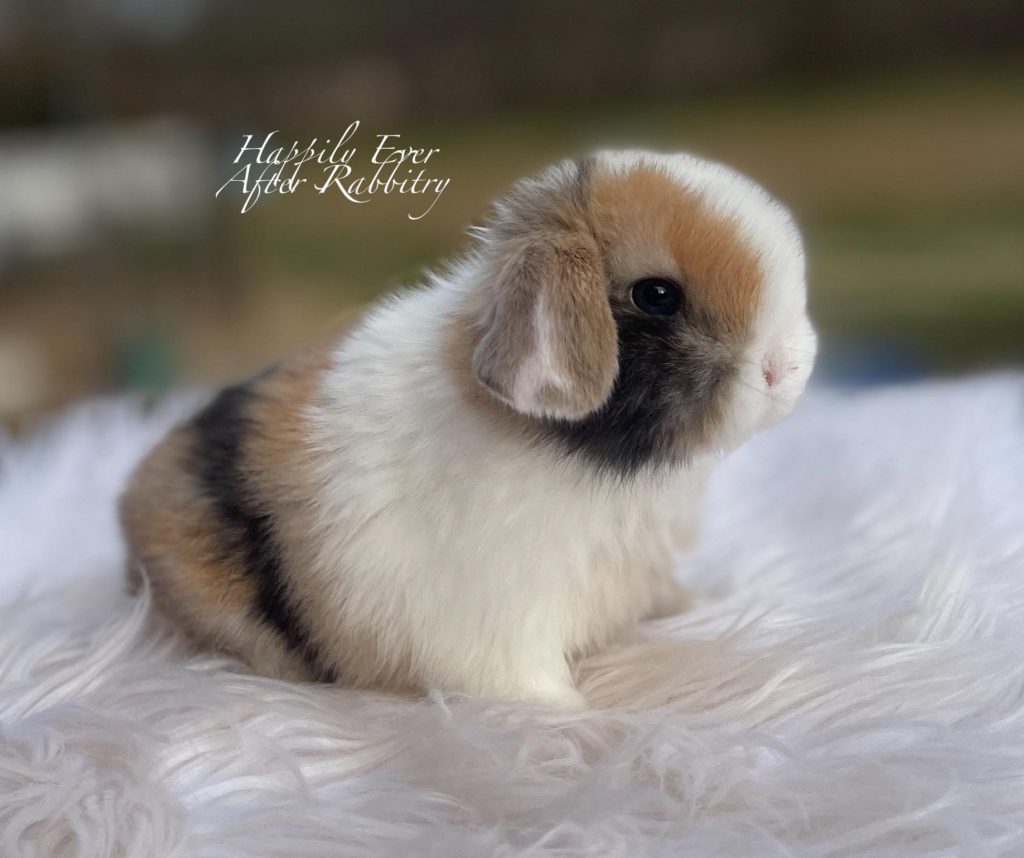
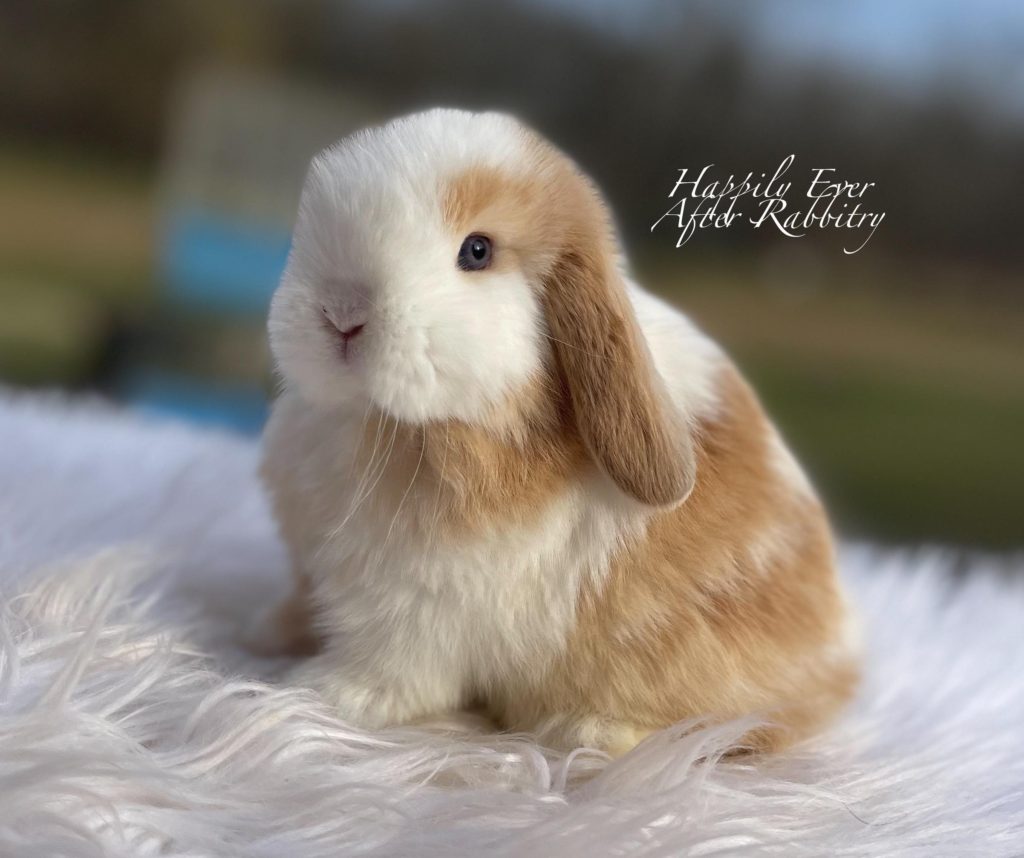

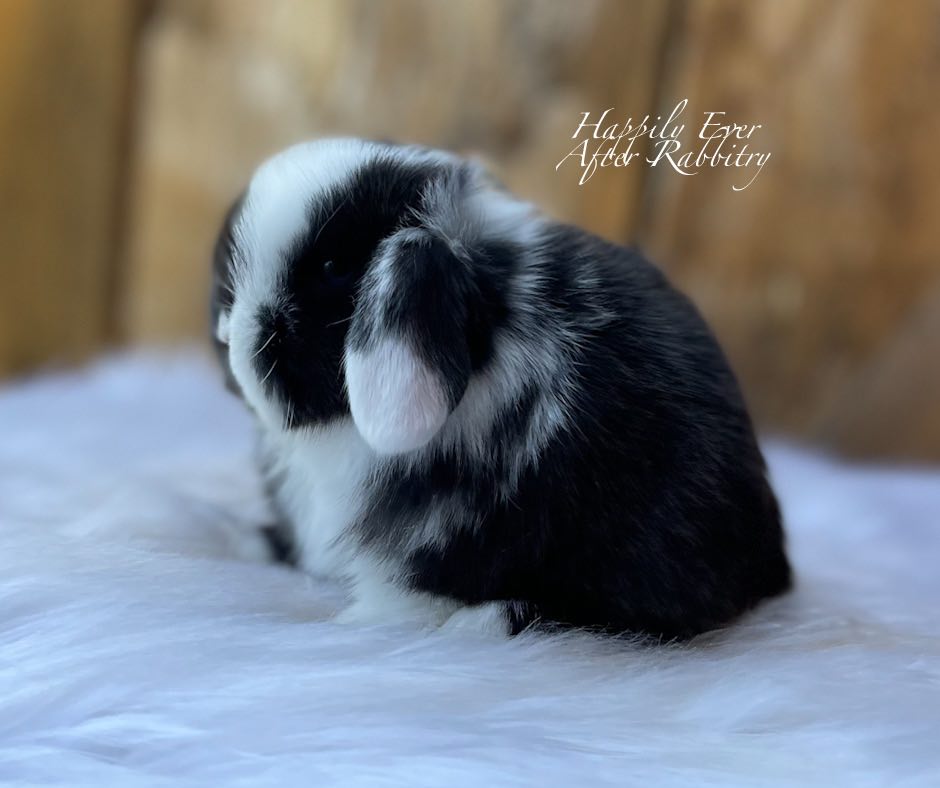

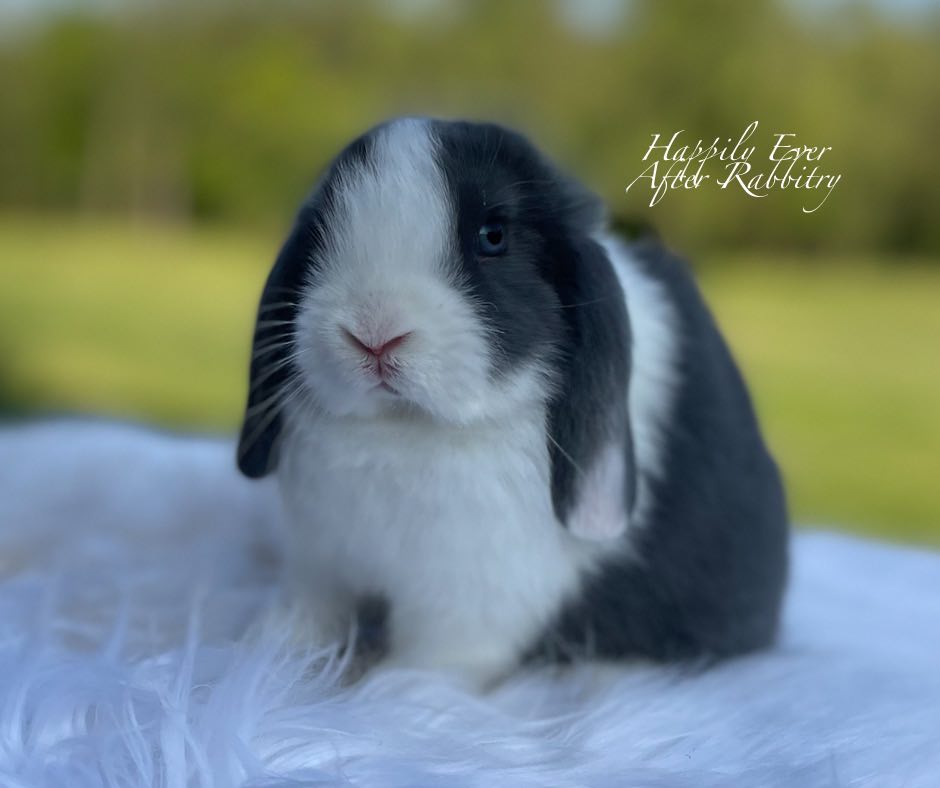
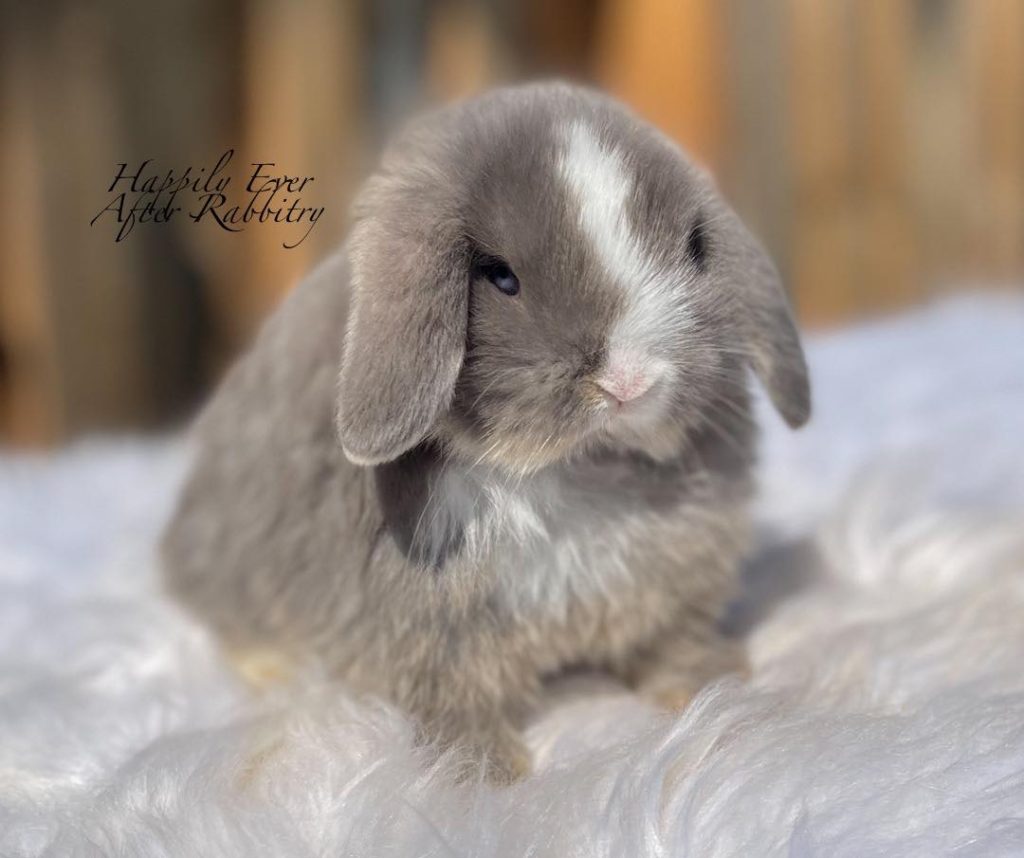
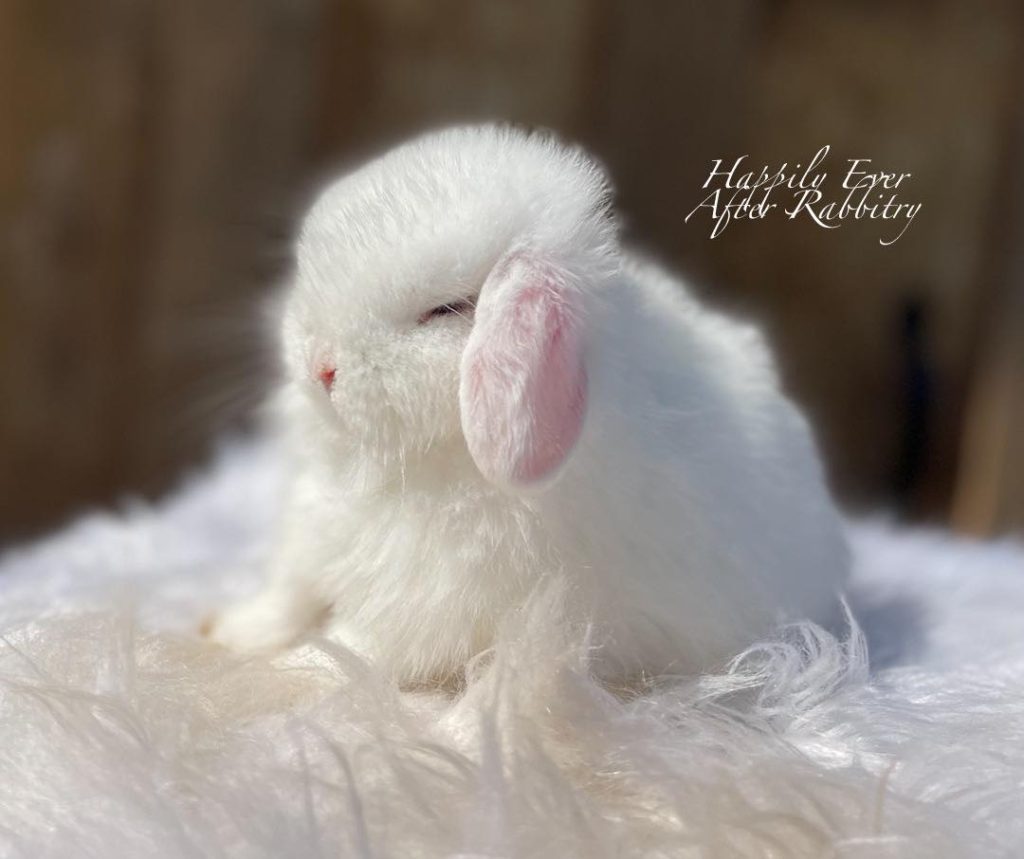
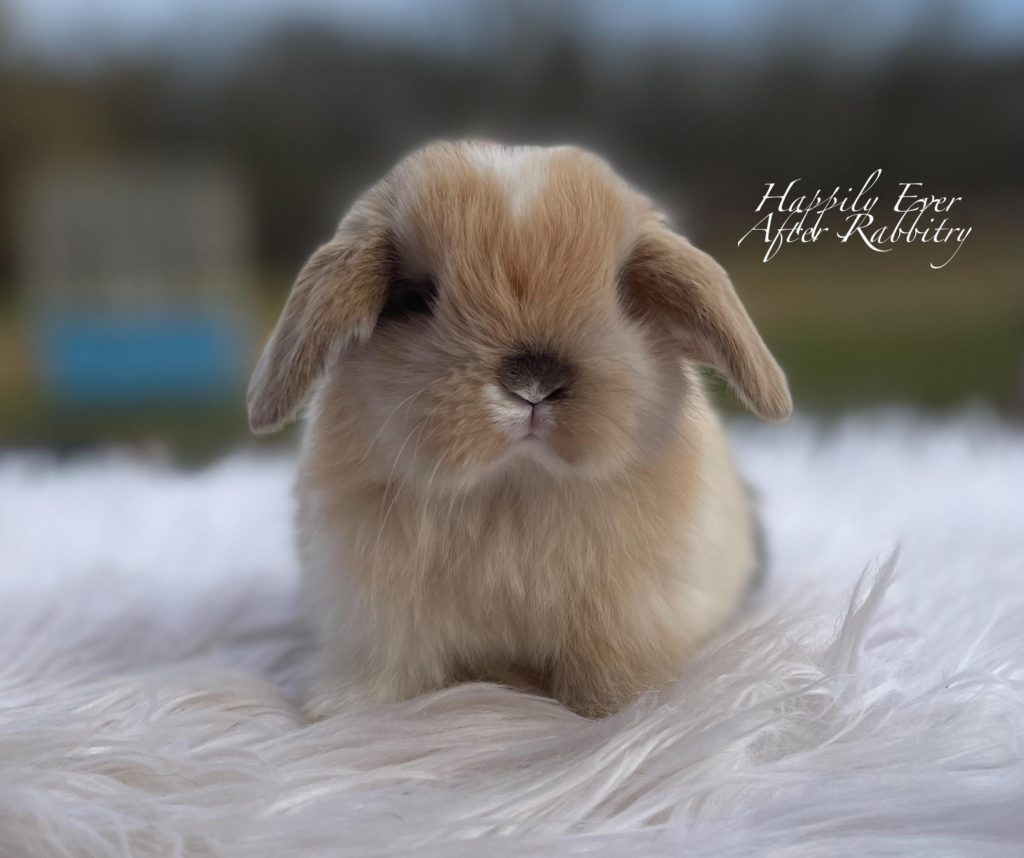
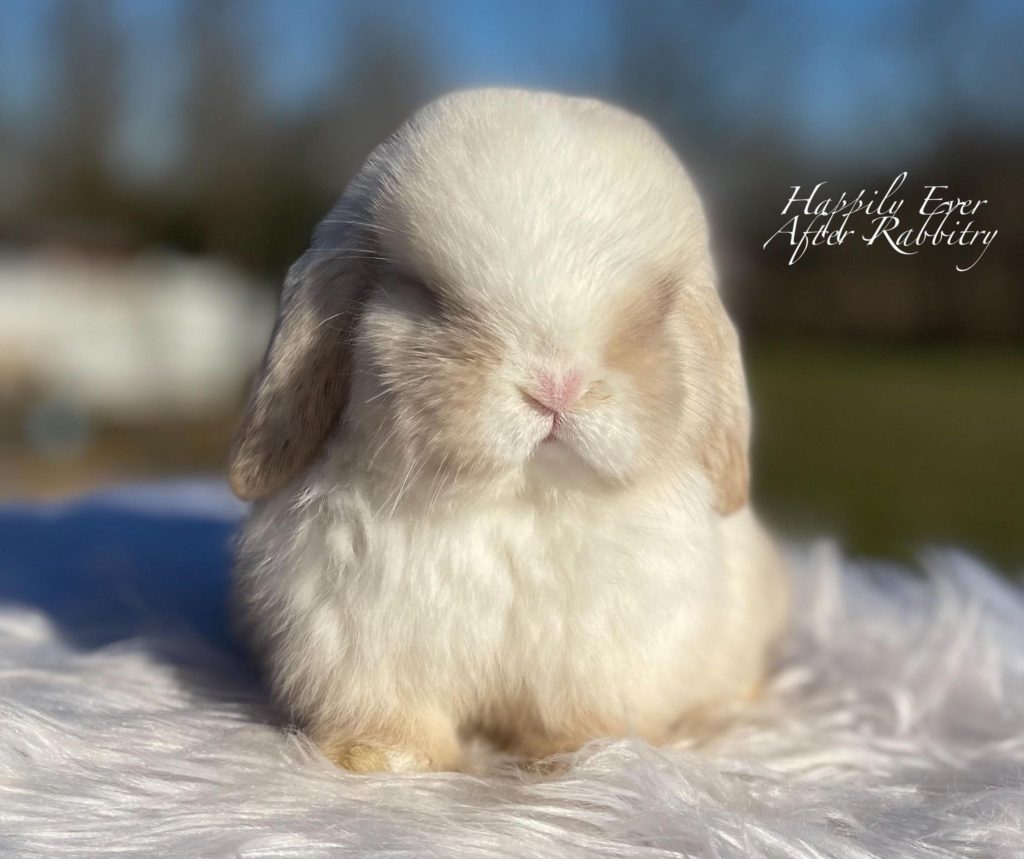

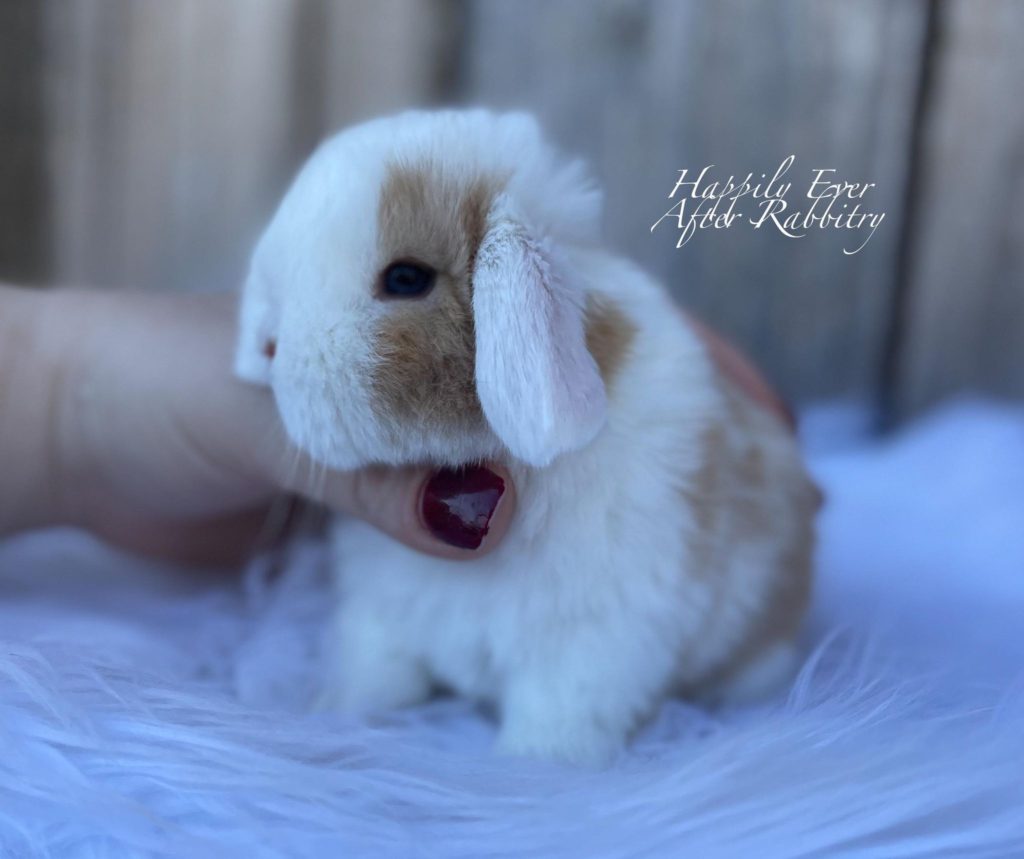
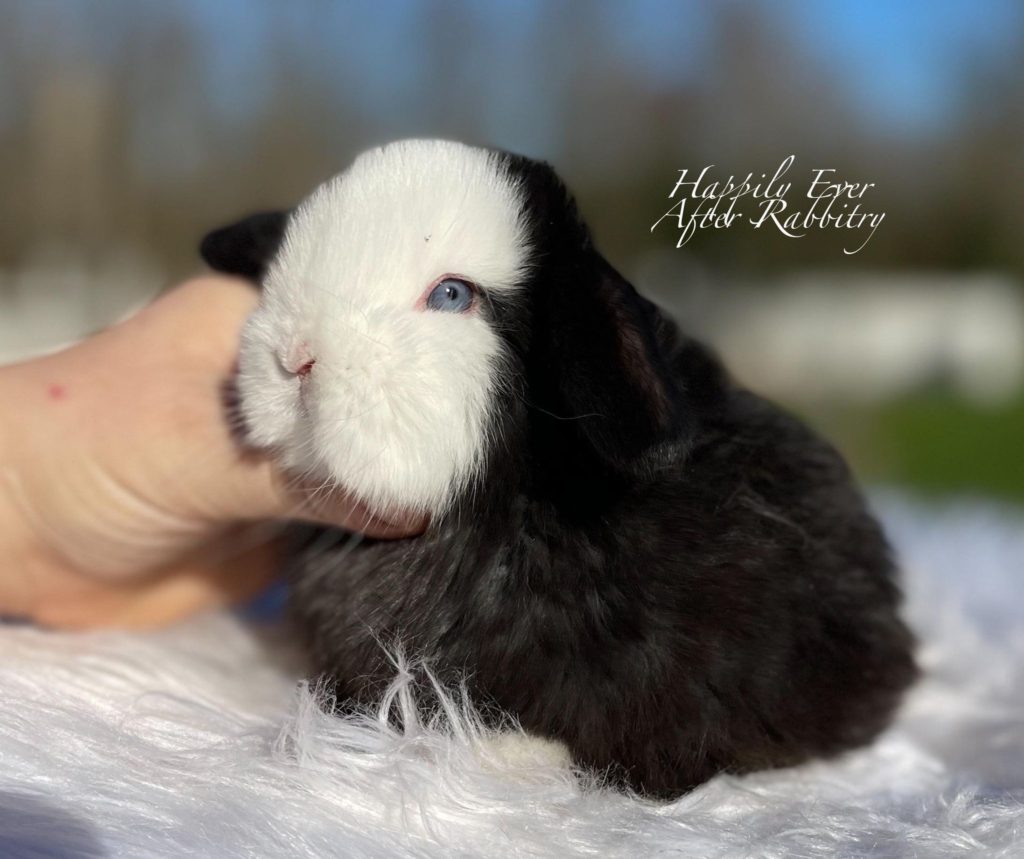
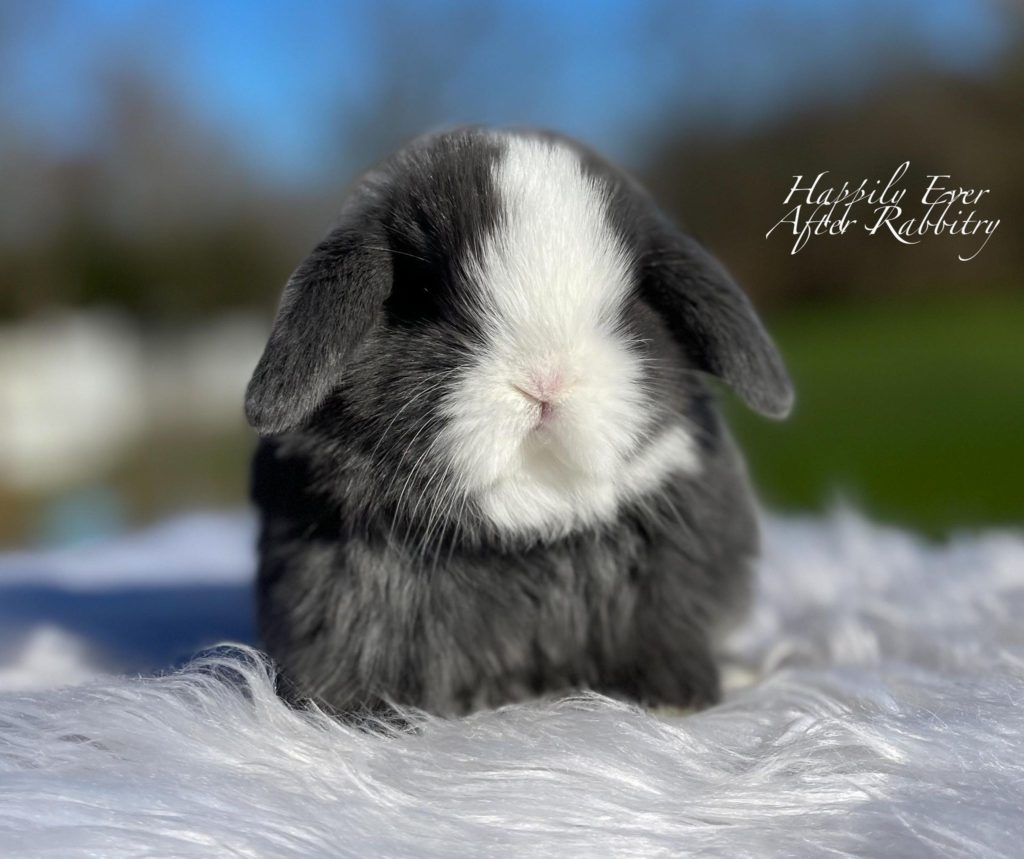
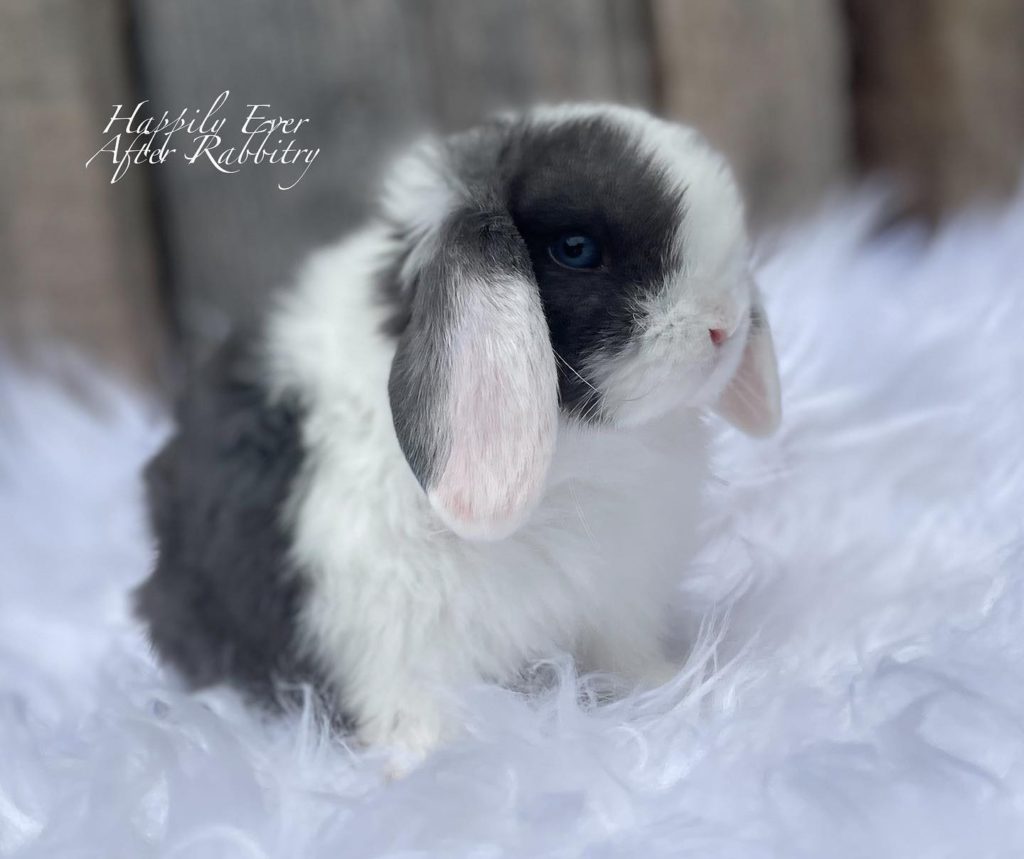
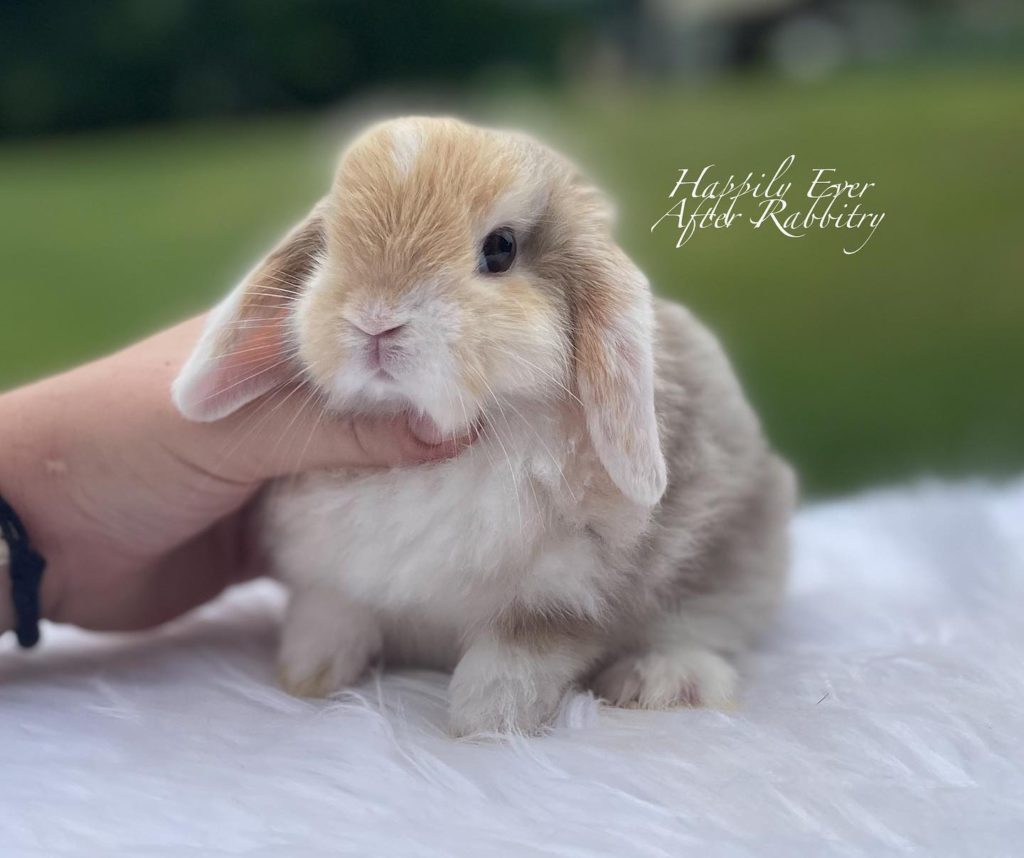
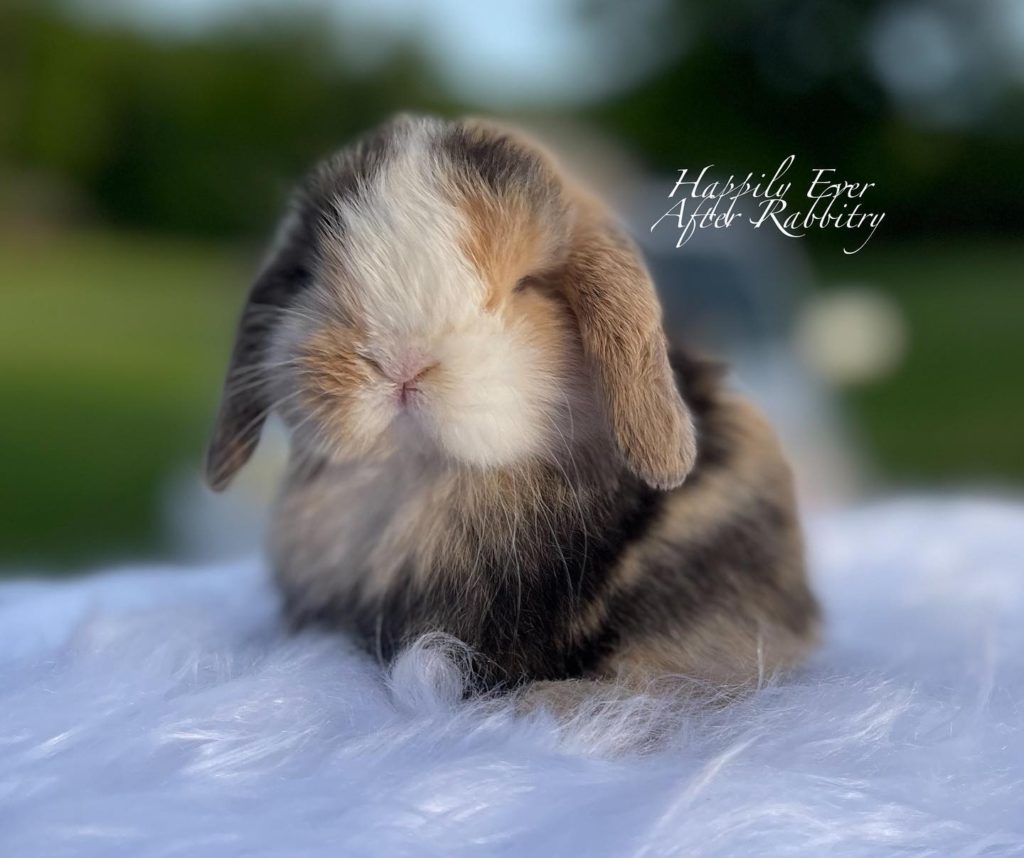
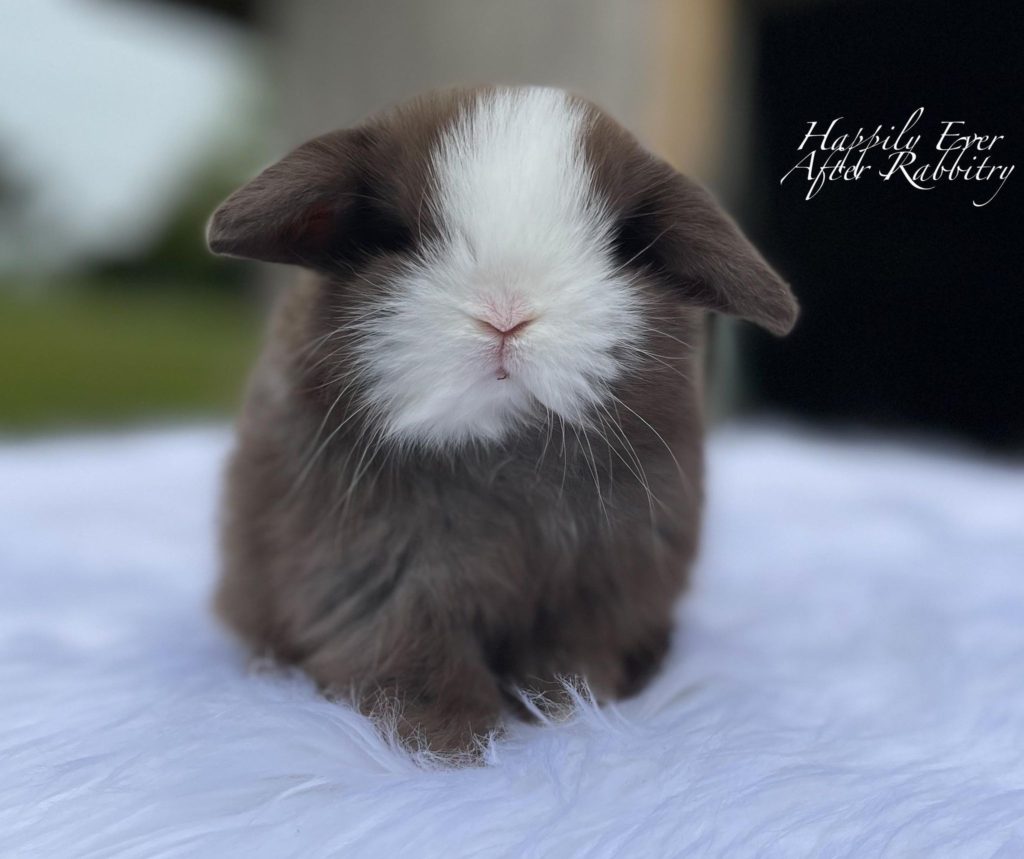
~ The White Ear Gene ~
The White Ear gene also known as we, is a pattern resulting in both ears being white, white feet, and almost always facial markings that can vary. This is an incomplete dominant gene and cannot be carried, which means they either are White Ear or they are not. White Ear can be on any base color!

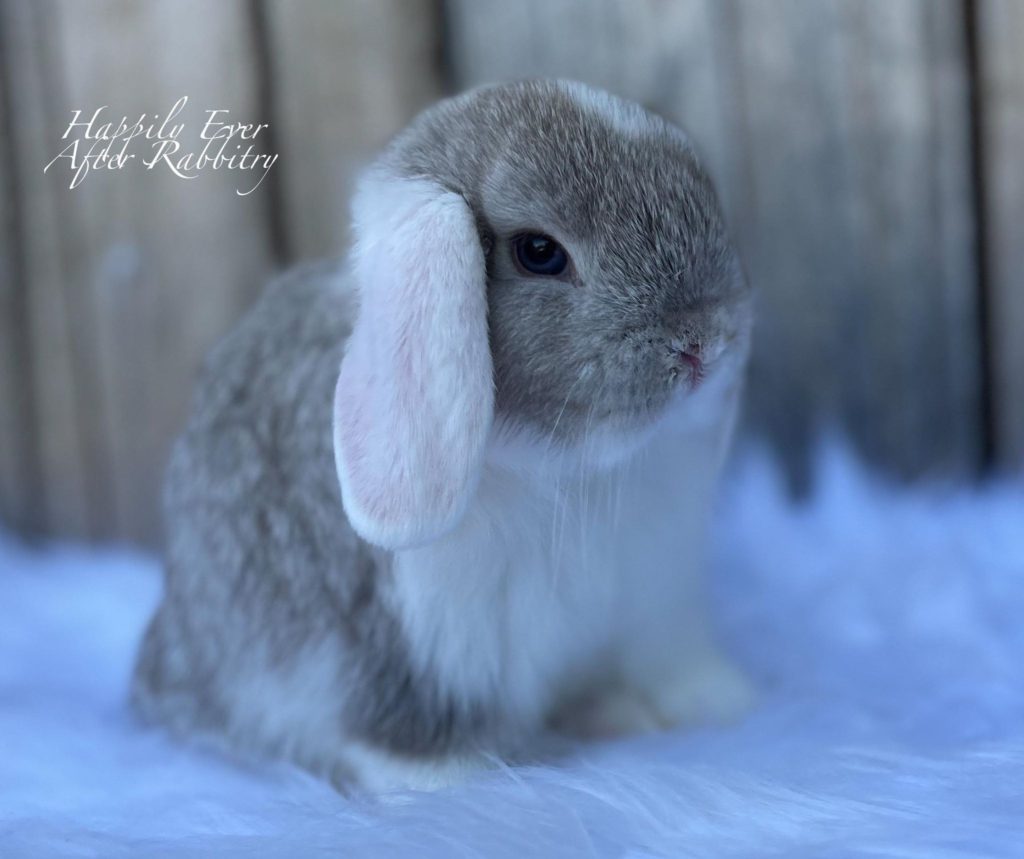
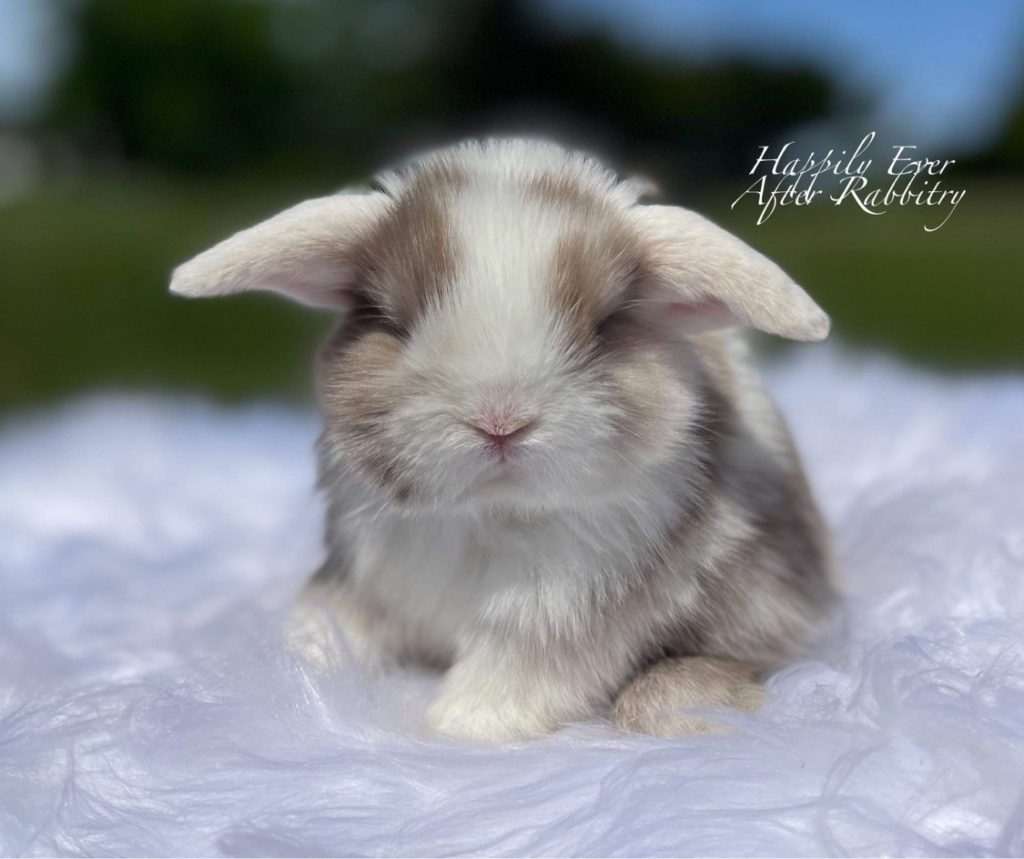
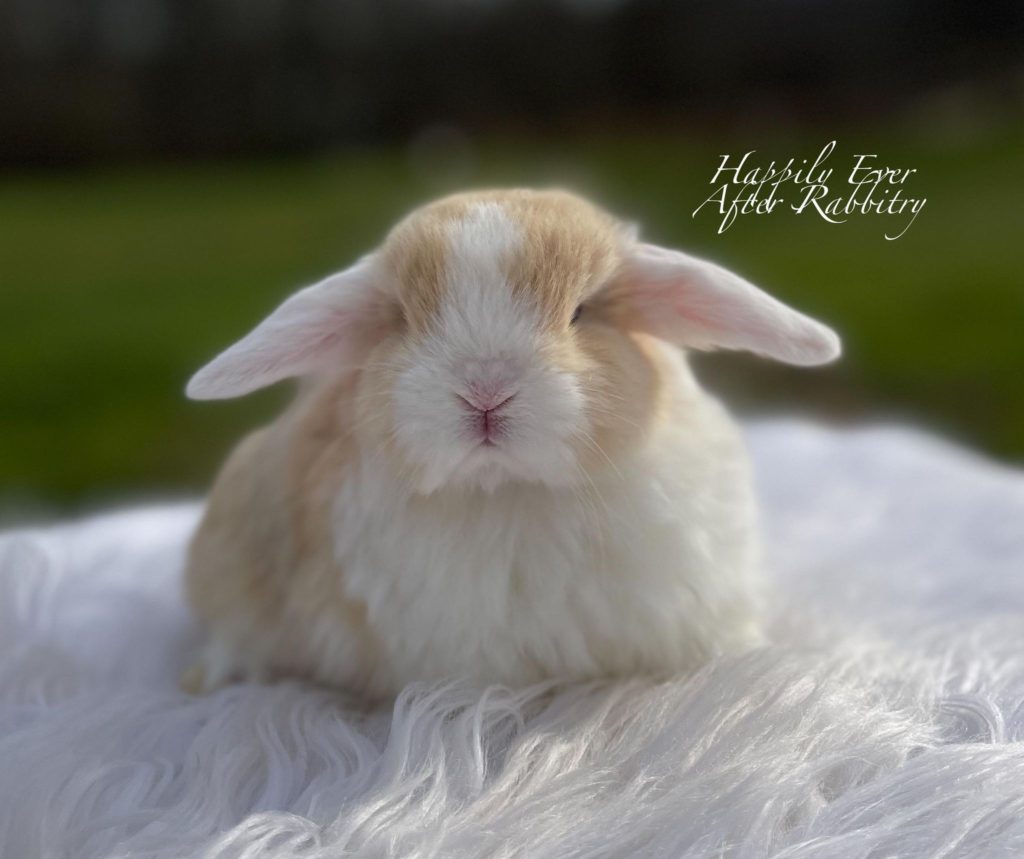
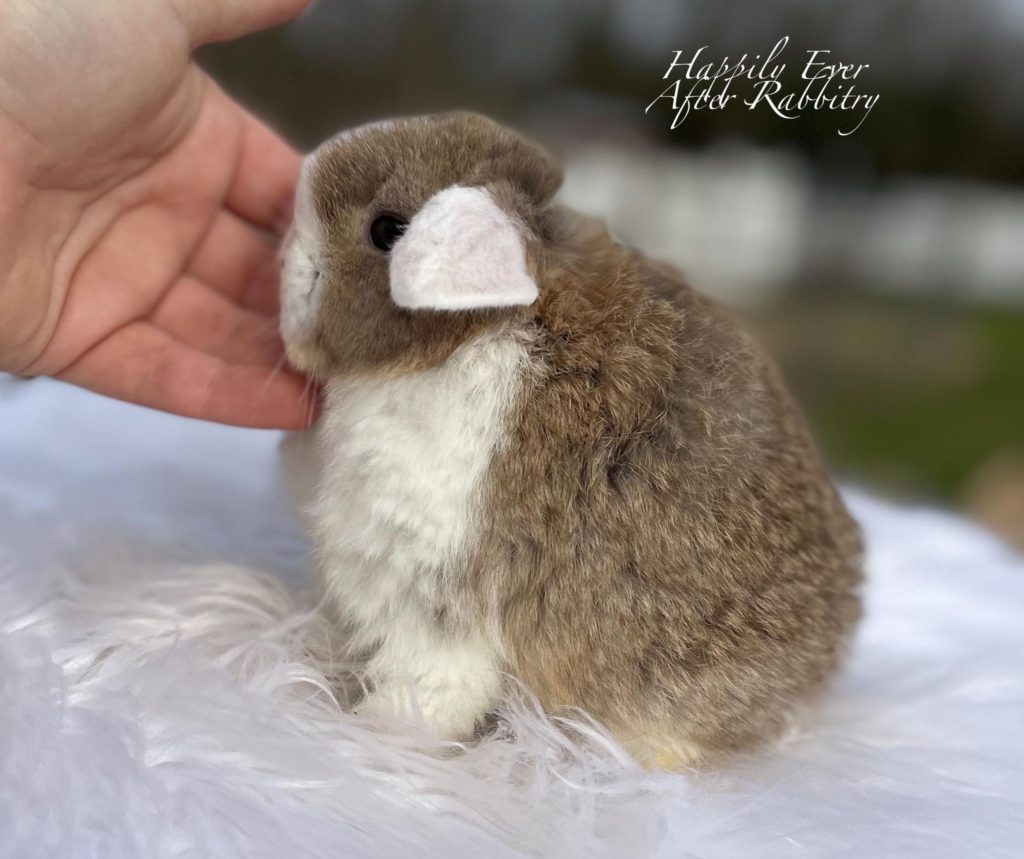
~ The Broken Pattern ~
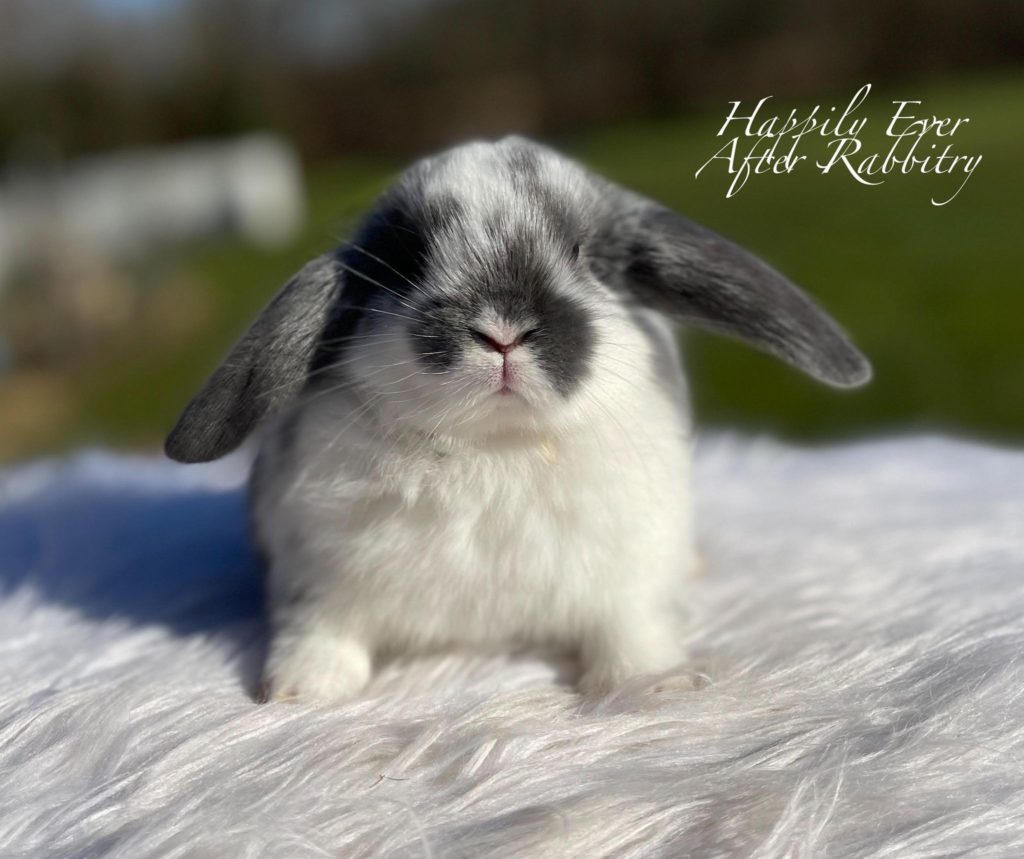

Info coming soon!
~ The Shaded Group ~
This Group is known as the Shaded Group. It includes Torts which come in Blue, Black, Chocolate, and Lilac!
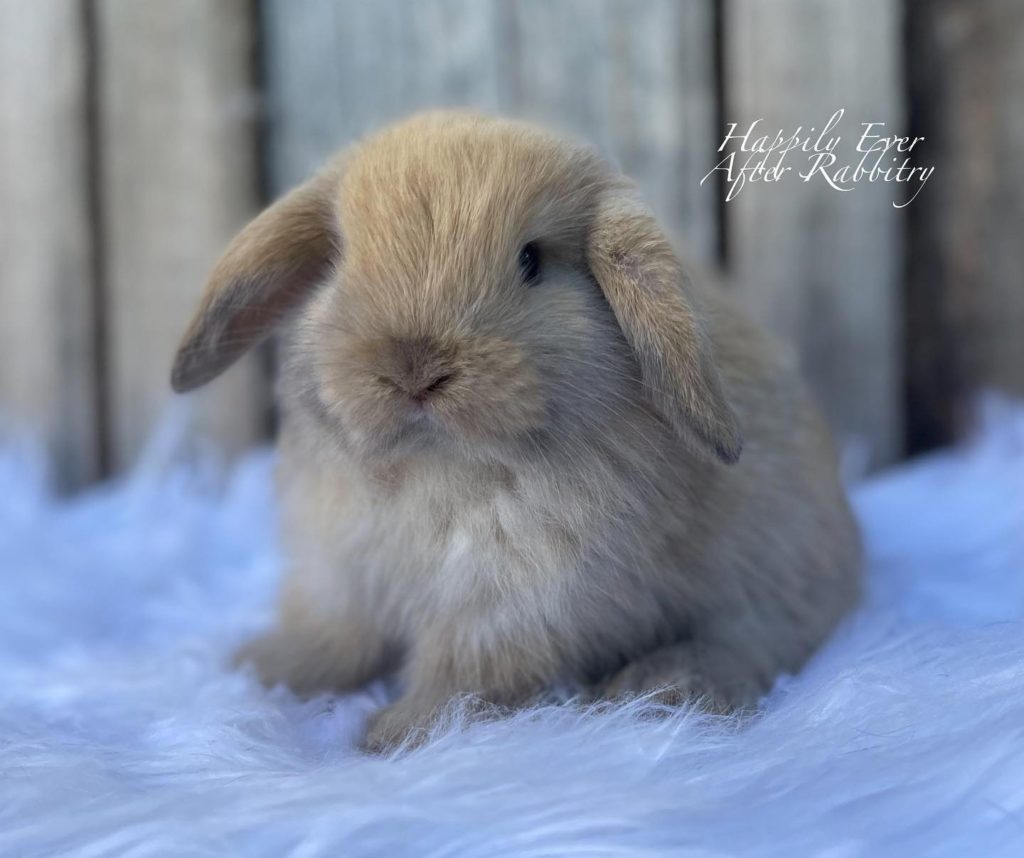


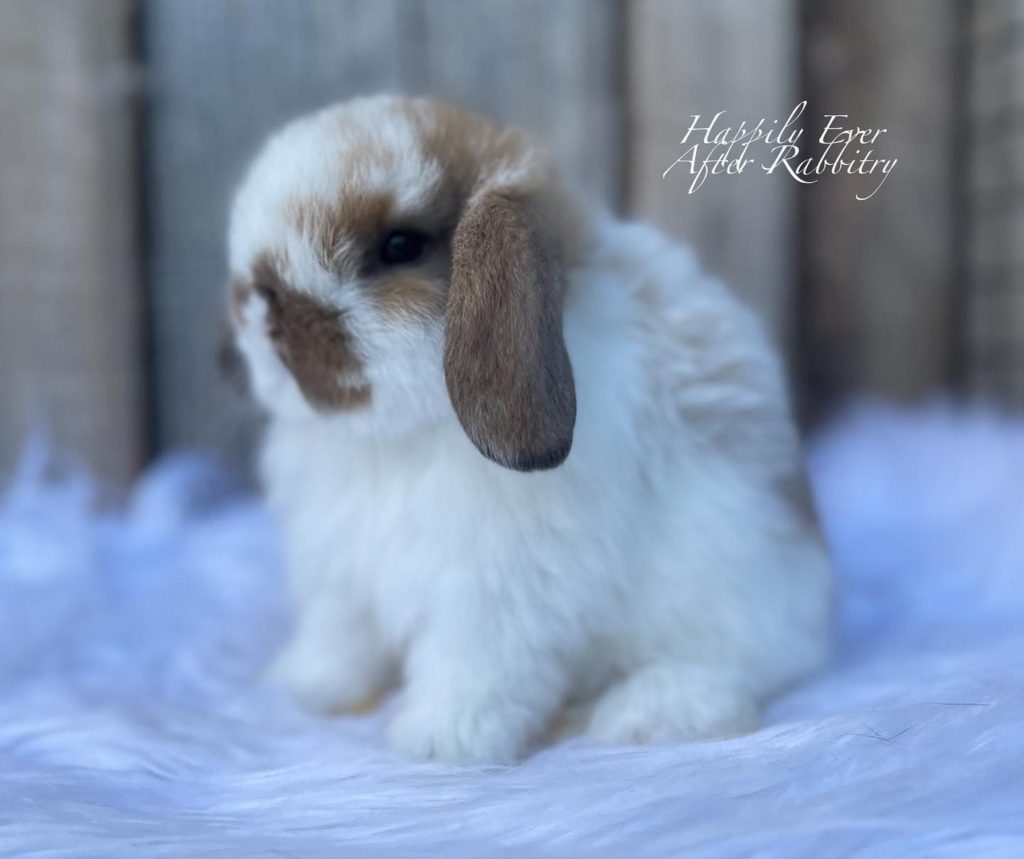
Pics coming soon!
~ The Sable Group ~
This is one of the few groups that will change the shading and coloring look of a Rabbit over its life time! The Shaded group is also temperature sensitive which can also effect how the Bunny looks throughout the year. This group includes Siamese Sable, Chocolate Sable, Sallandar, Seal, Seal Point, Blue Point, Chocolate Point, Frosty Point, Smoked Pearl,

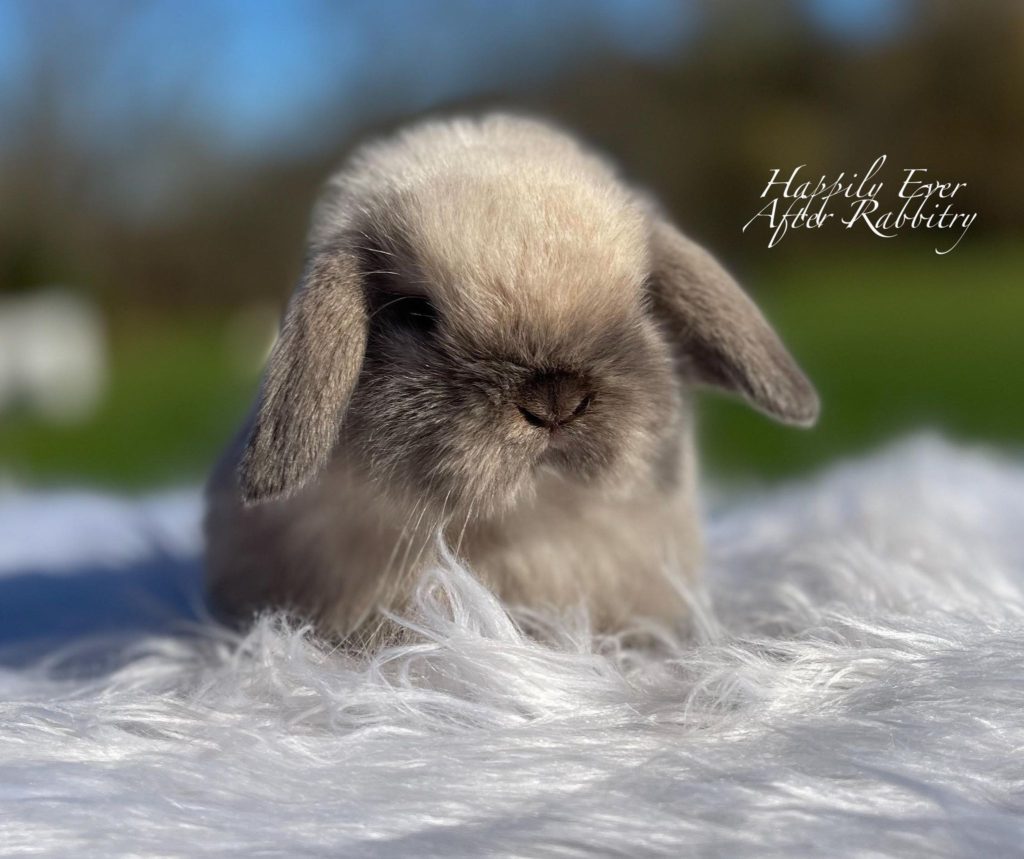


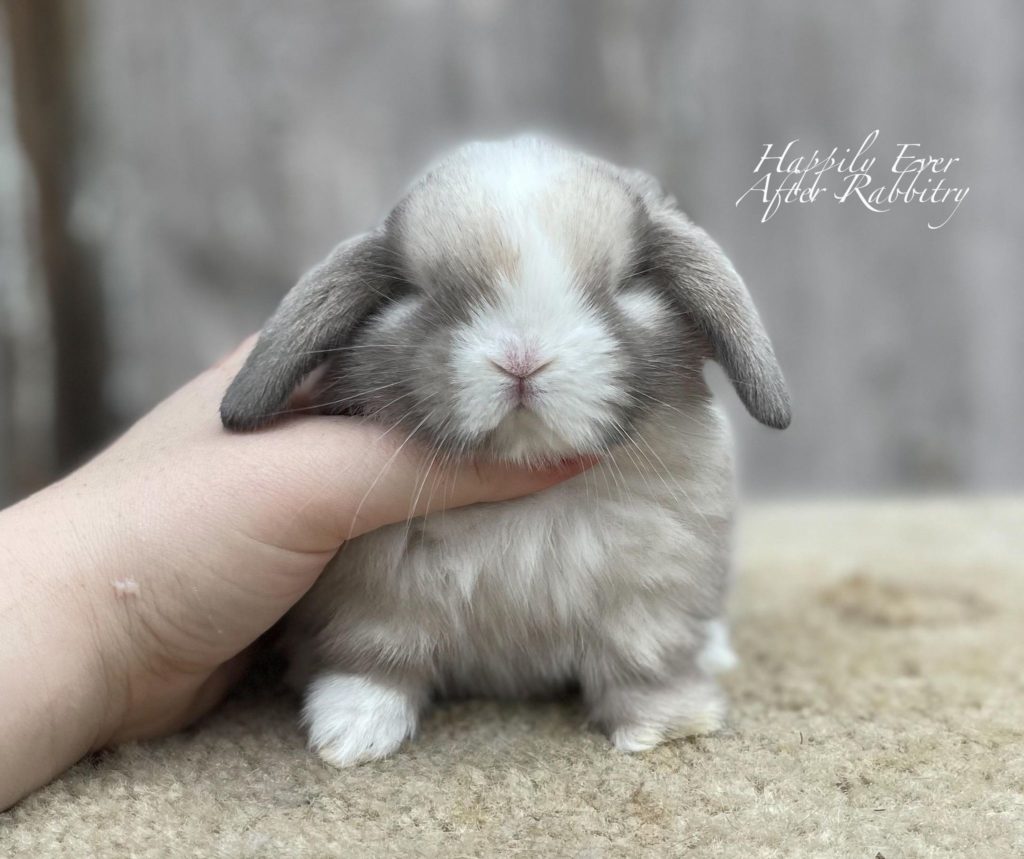
~ Self Group ~
This is the group known as “self”. The self group includes Blue, Black, Lilac, Chocolate, Blue Eyed Whites, and Red Eyed Whites. They are just one color over all. They can come in Vienna Marked, Broken Pattern, and White Ear!

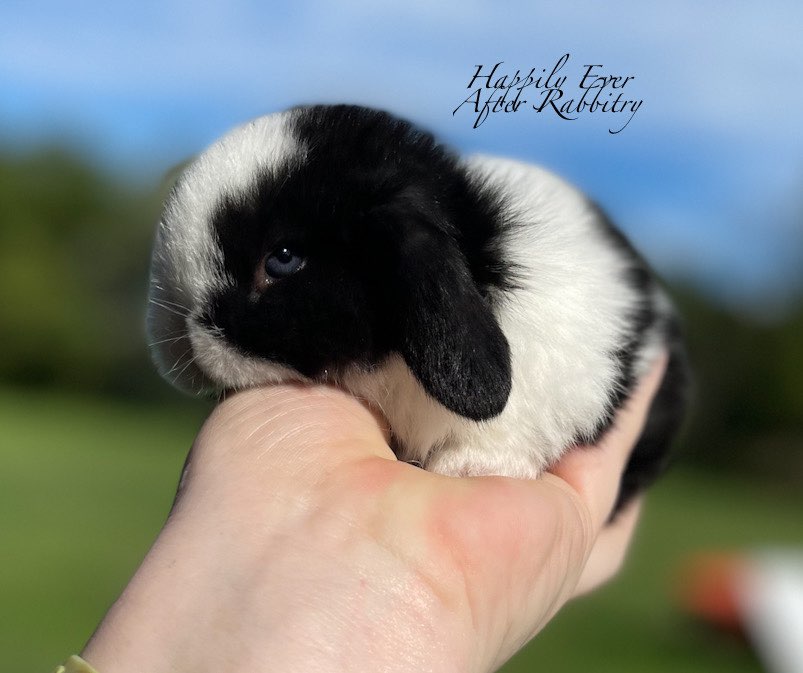
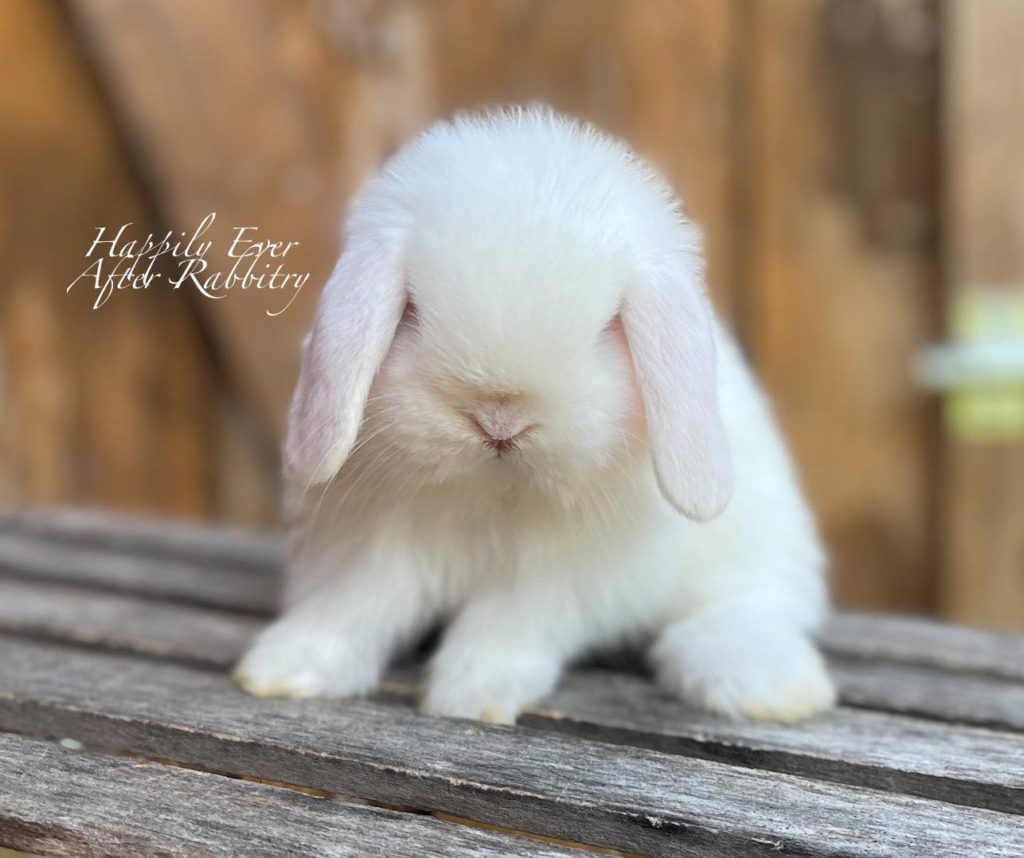
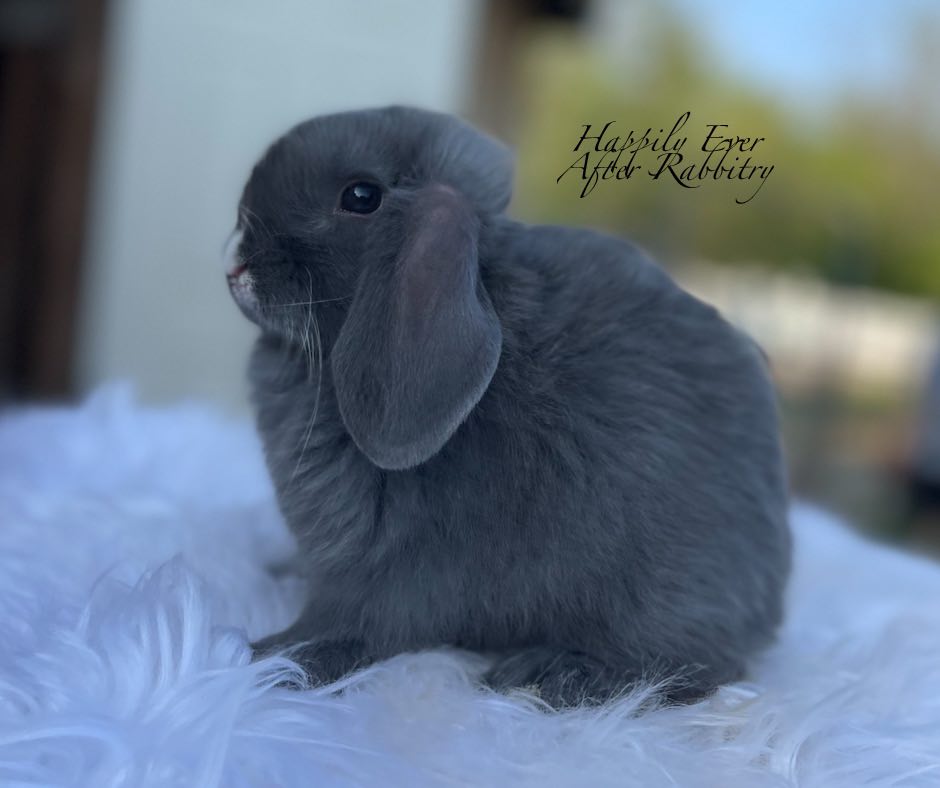
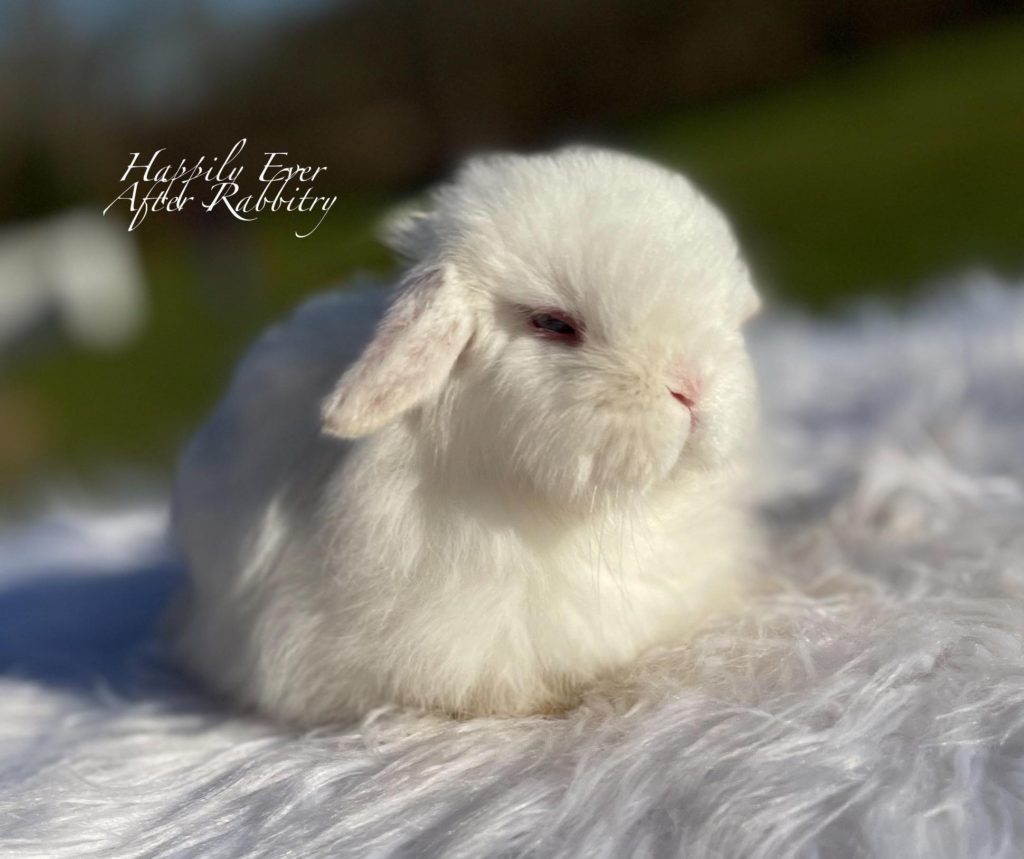
~ The Tan Group ~
The Tan Group pattern is made up of the following groups. Otter group which come in Blue, Black, Lilac, & Chocolate. The Silver Marten group which comes in Blue, Black, Lilac, Chocolate, Sable, and Smoked Pearl. Otter is classically known for its light tan markings around the nose, eyes, ears, bellies, and tails! Silver Martens will look similar but lack the light tan color and have a more silver / white color instead of the traditional otter markings.

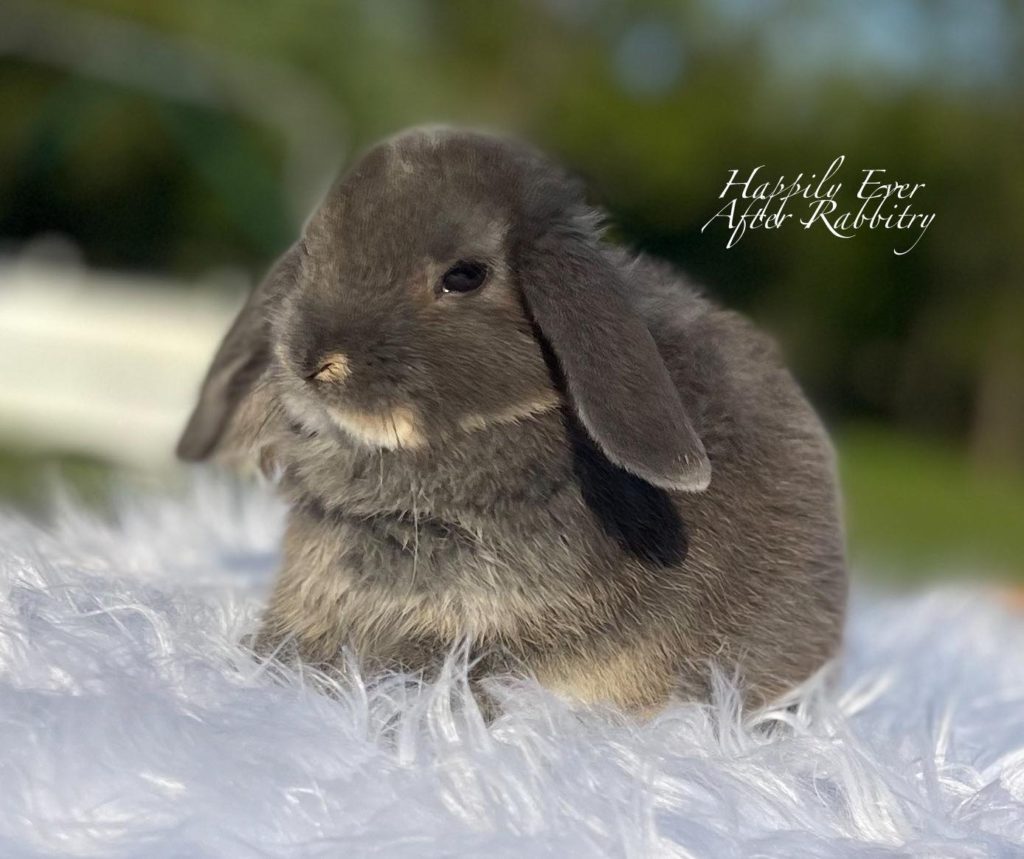
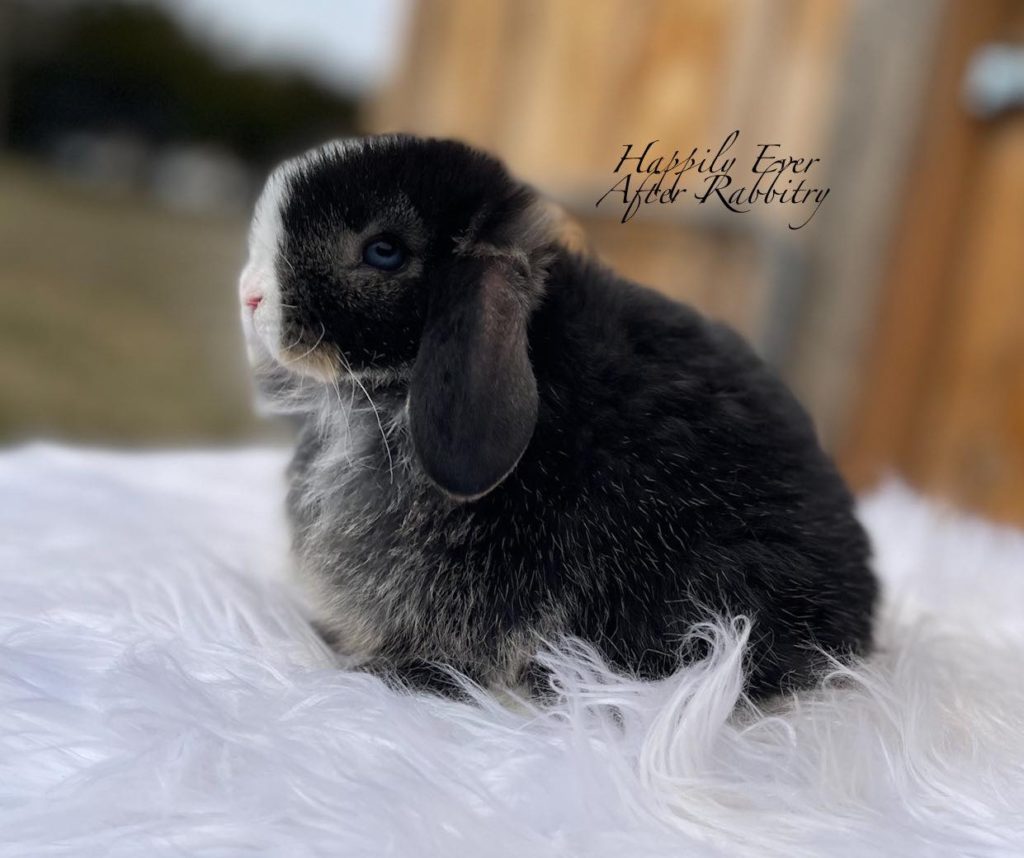
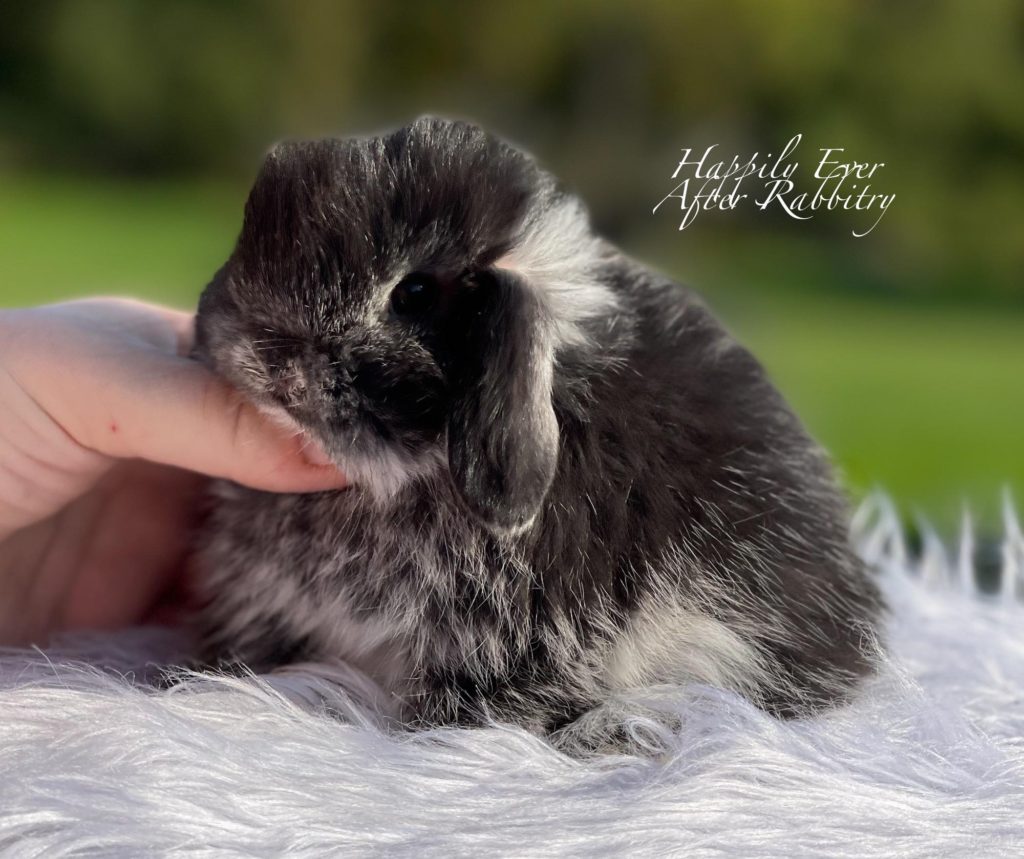

~ The Agouti Group ~
The Agouti group is also called the “wild type” which is the coloring of Wild Rabbits you see hopping around the neighborhood! The guard hair shafts are banded meaning the under color is grey, the middle band is orange, and they are tipped with black. Their bellies are white, and their eyes, nose, mouths, ears, and tails have a cream color around them. This group also includes Chestnut, Opal, Chocolate Chestnut, Lynx, Chinchilla, Blue Chinchilla (Squirrel), Chocolate Chinchilla, & Lilac Chinchilla!
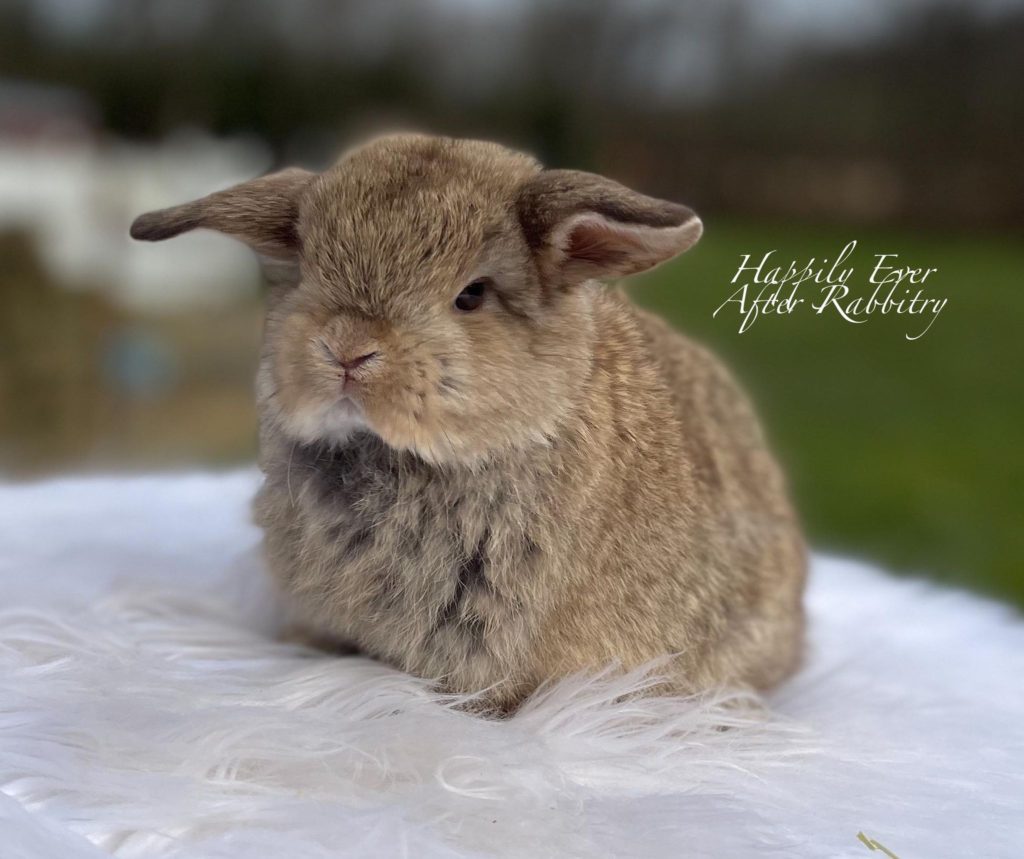
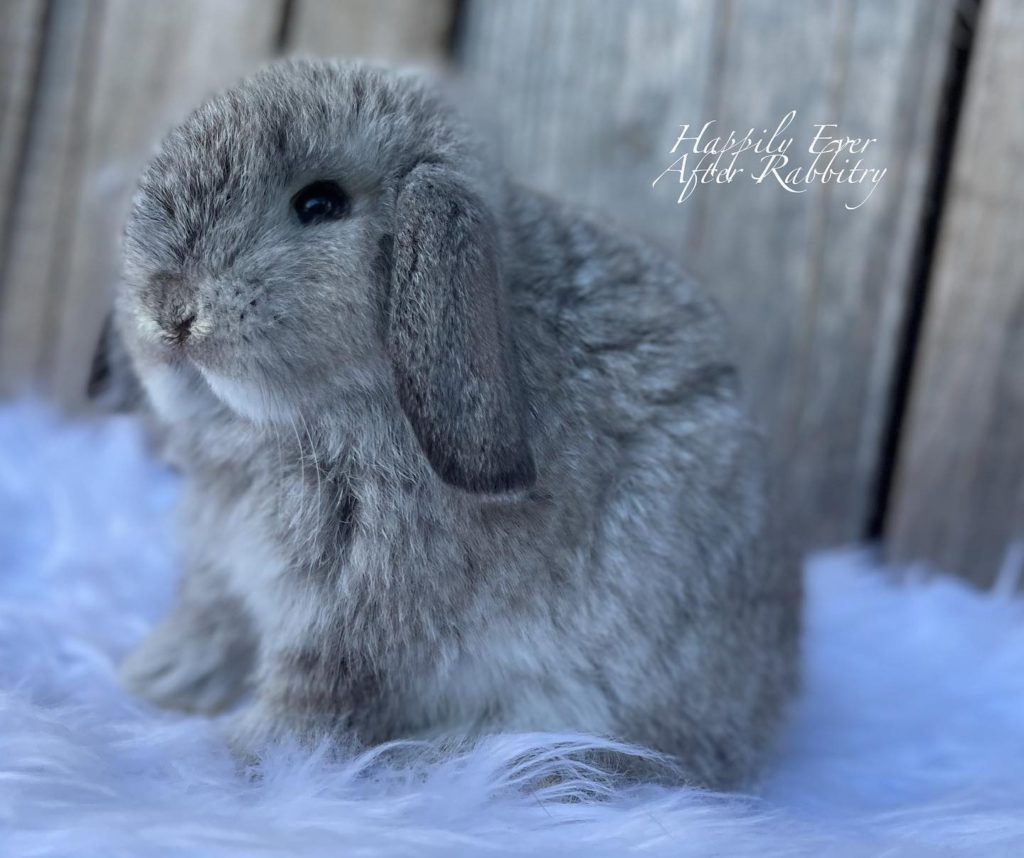

~ The Wideband Group ~
This group is known as the Wideband Group. It is made up of The Orange, Cream, and Frosted colored Bunnies.
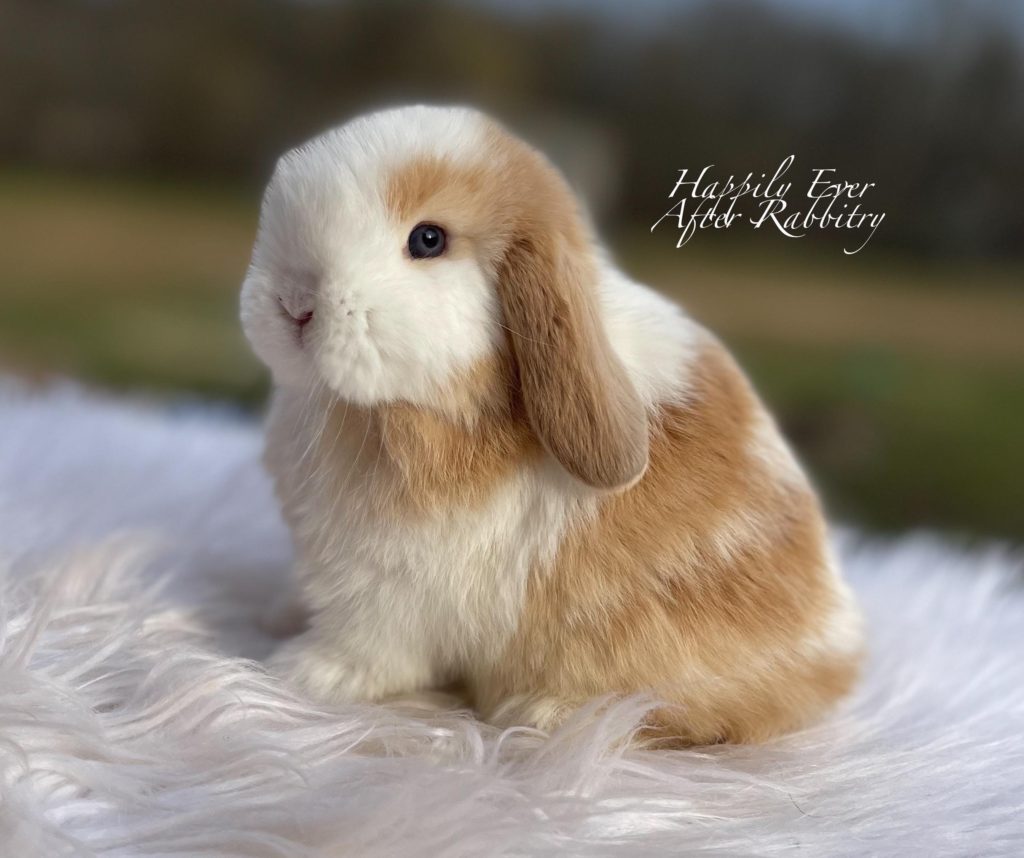

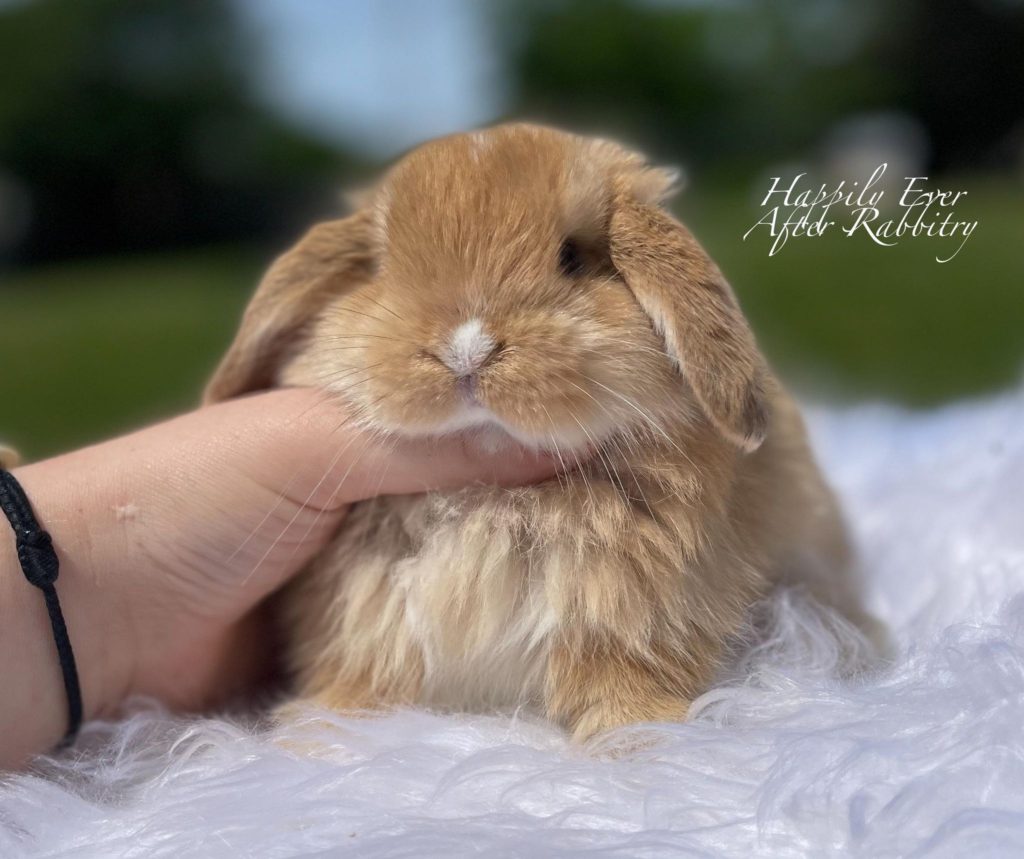

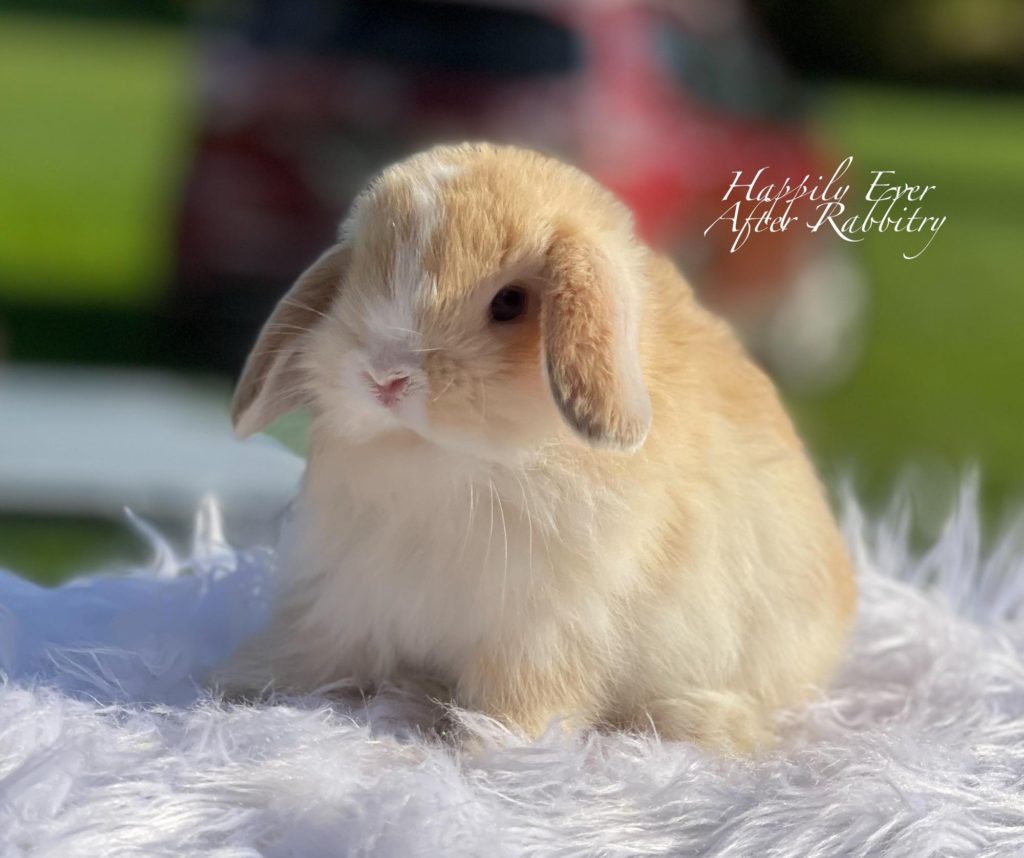
~ Patterns ~
Here is some info on different patterns
~ The Fuzzy Gene ~
The Fuzzy wool Gene is recessive to the normal Holland Lop coat and needs two copies to present. The Fuzzy gene is probably the most adorable gene the breed carries.


